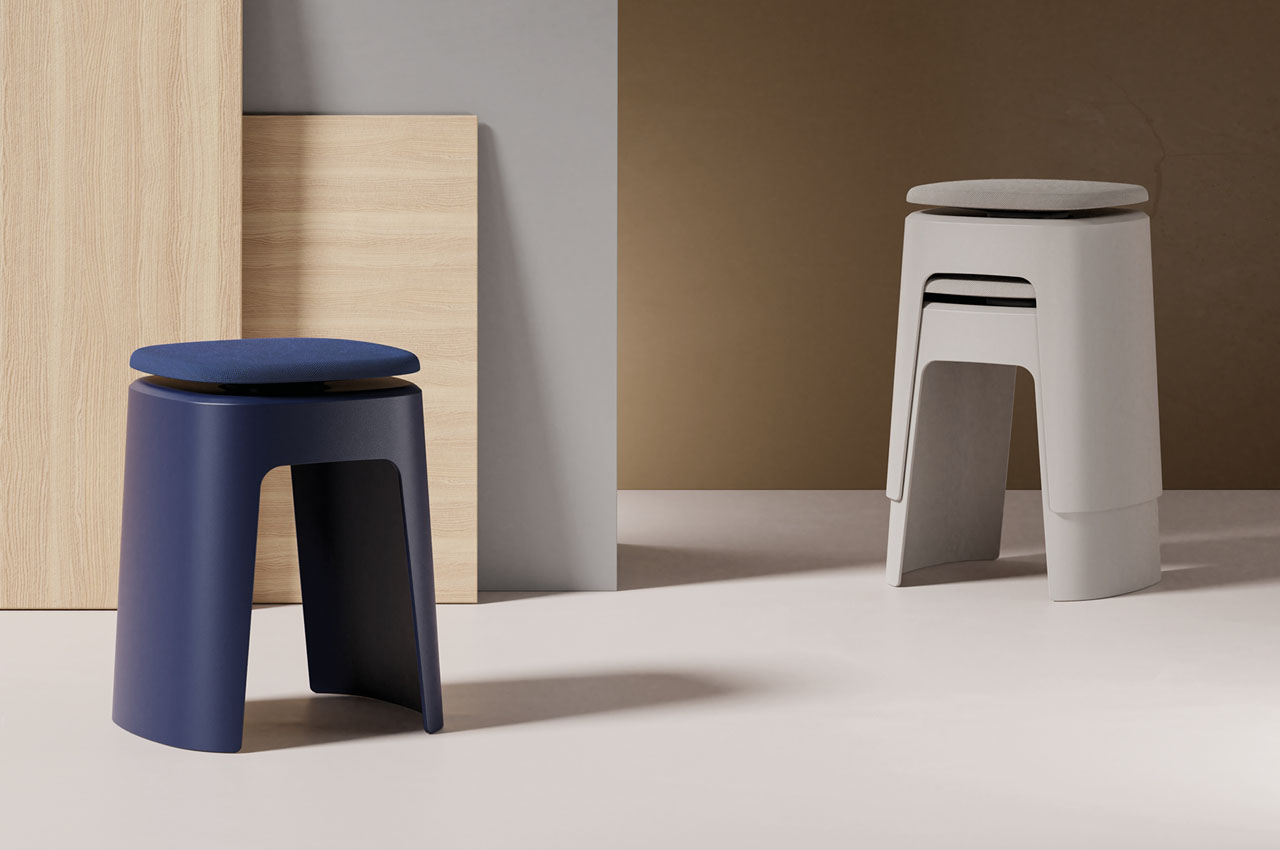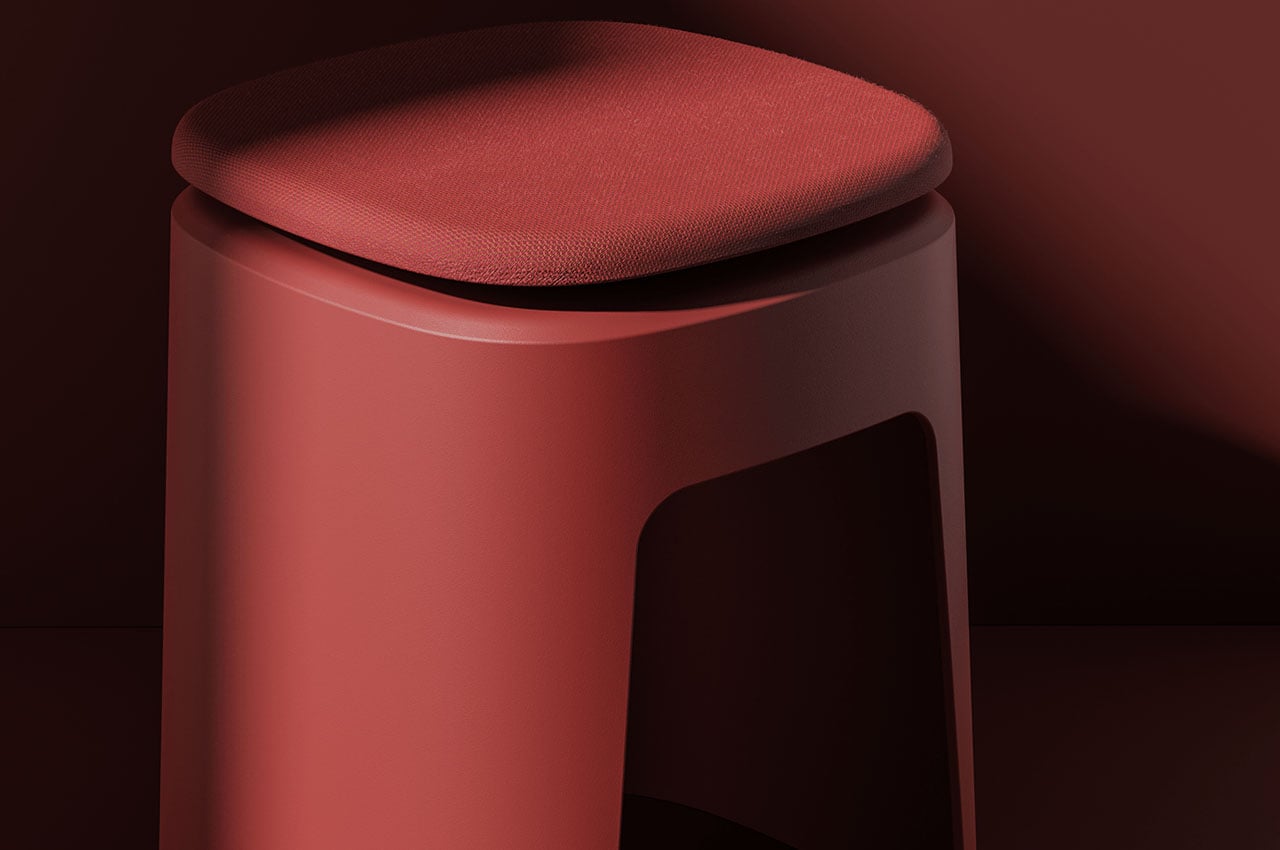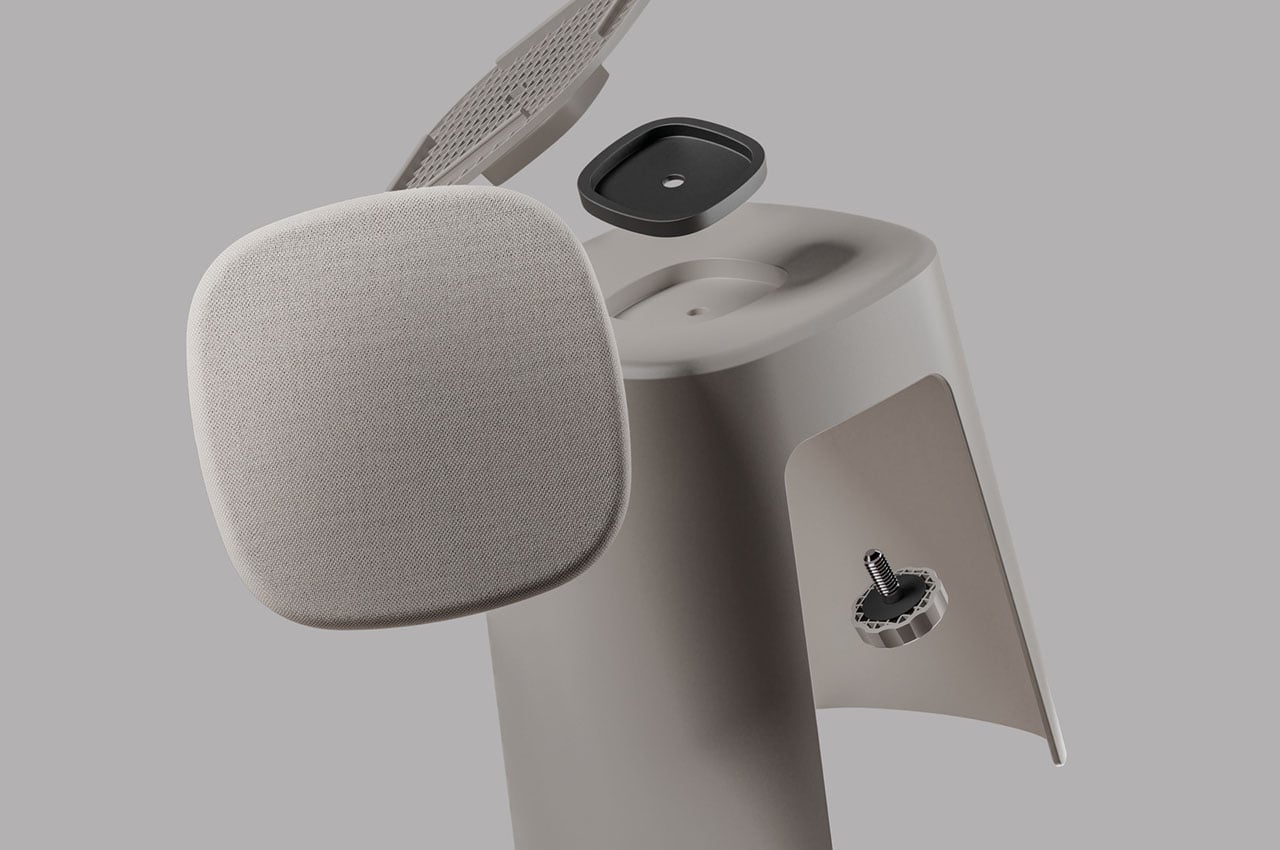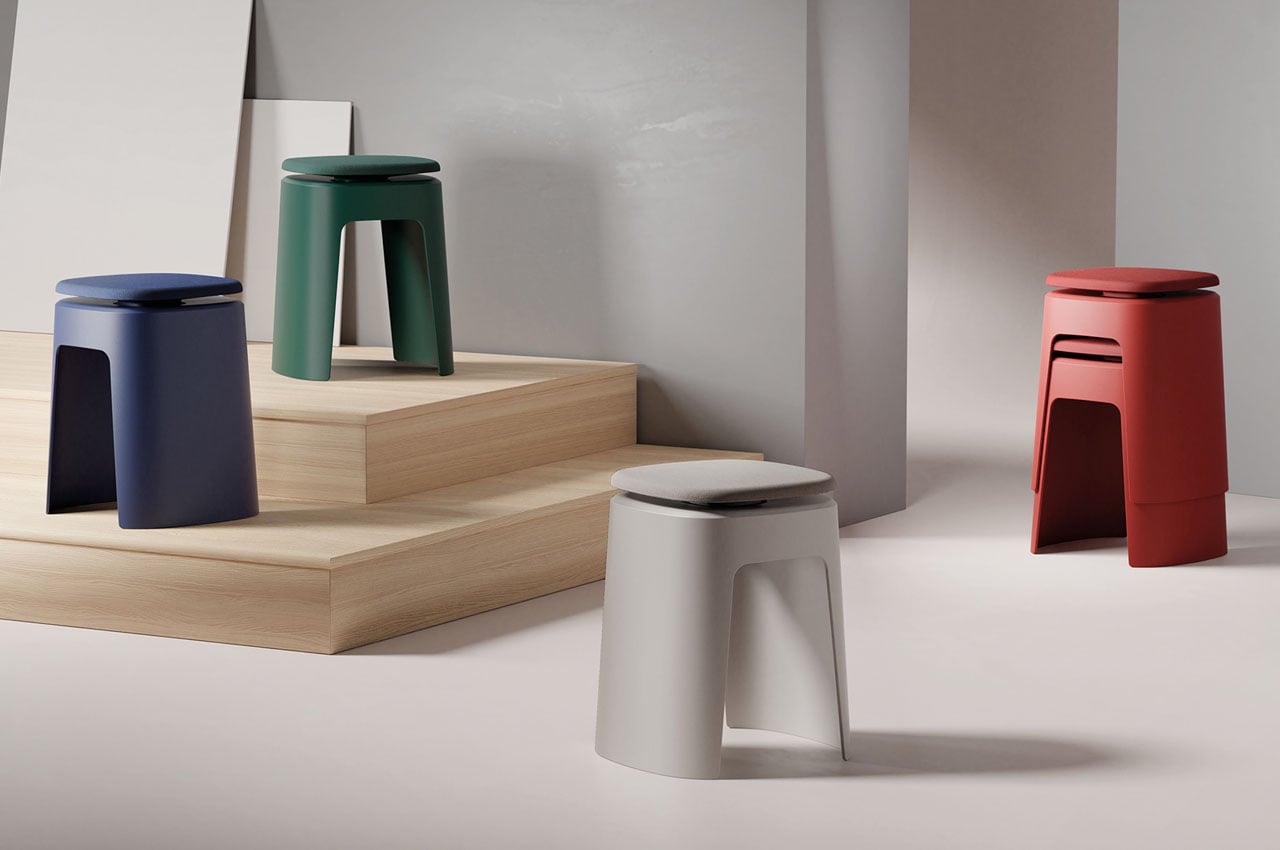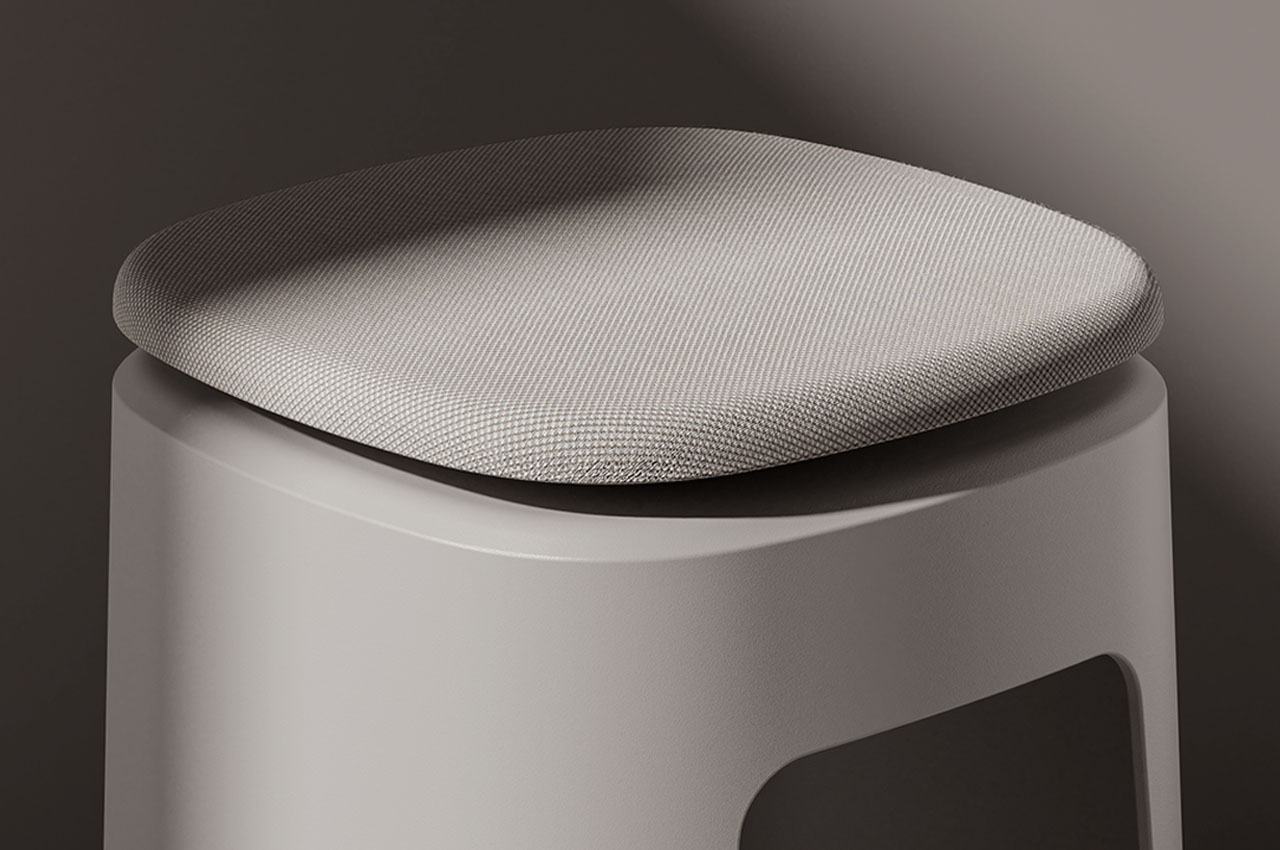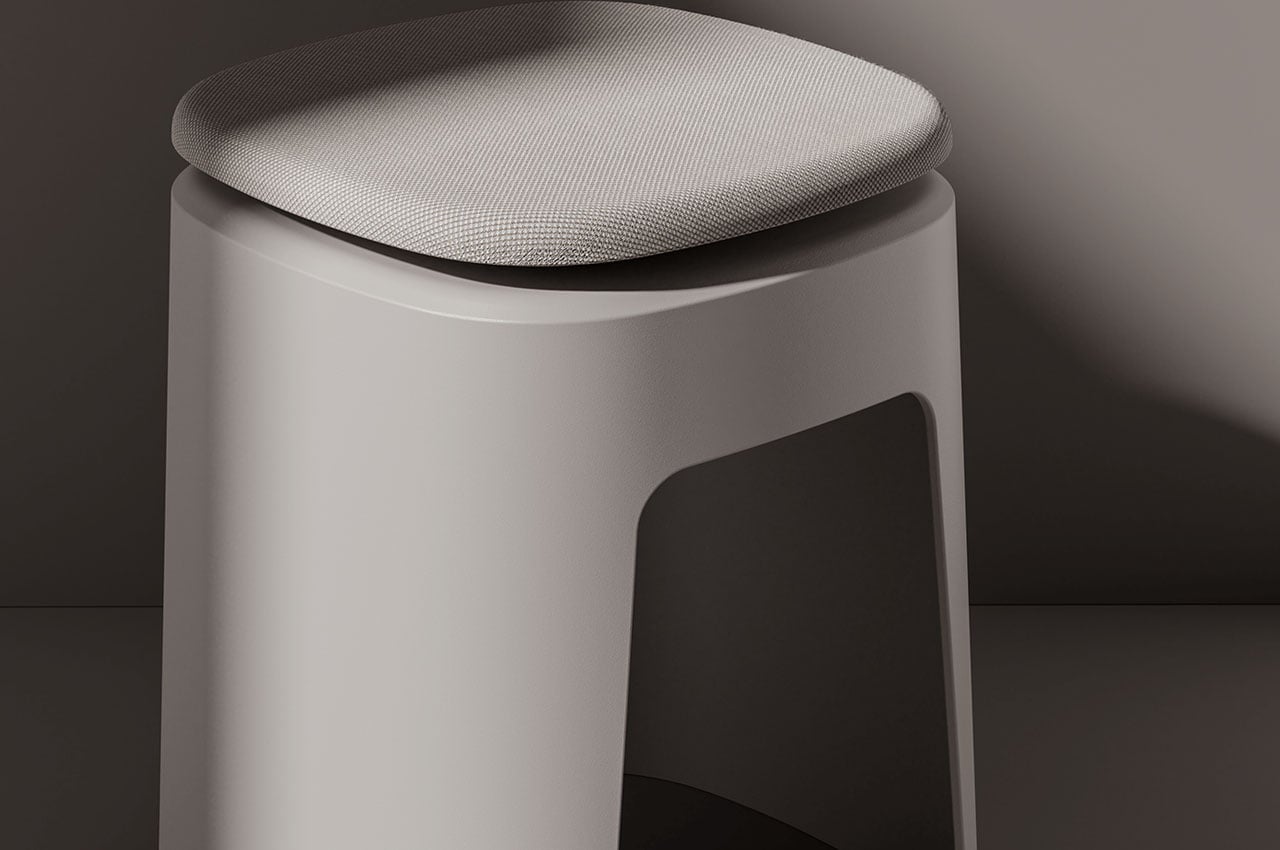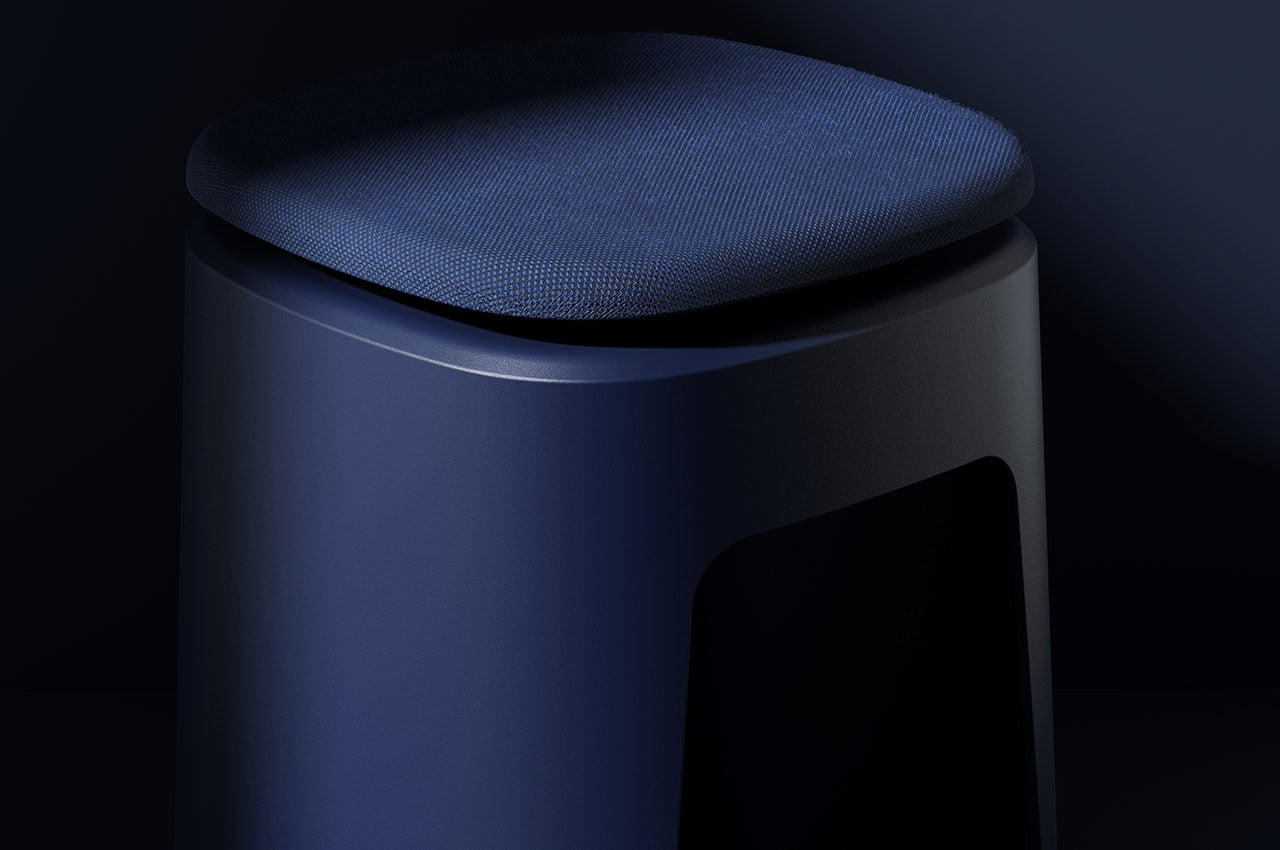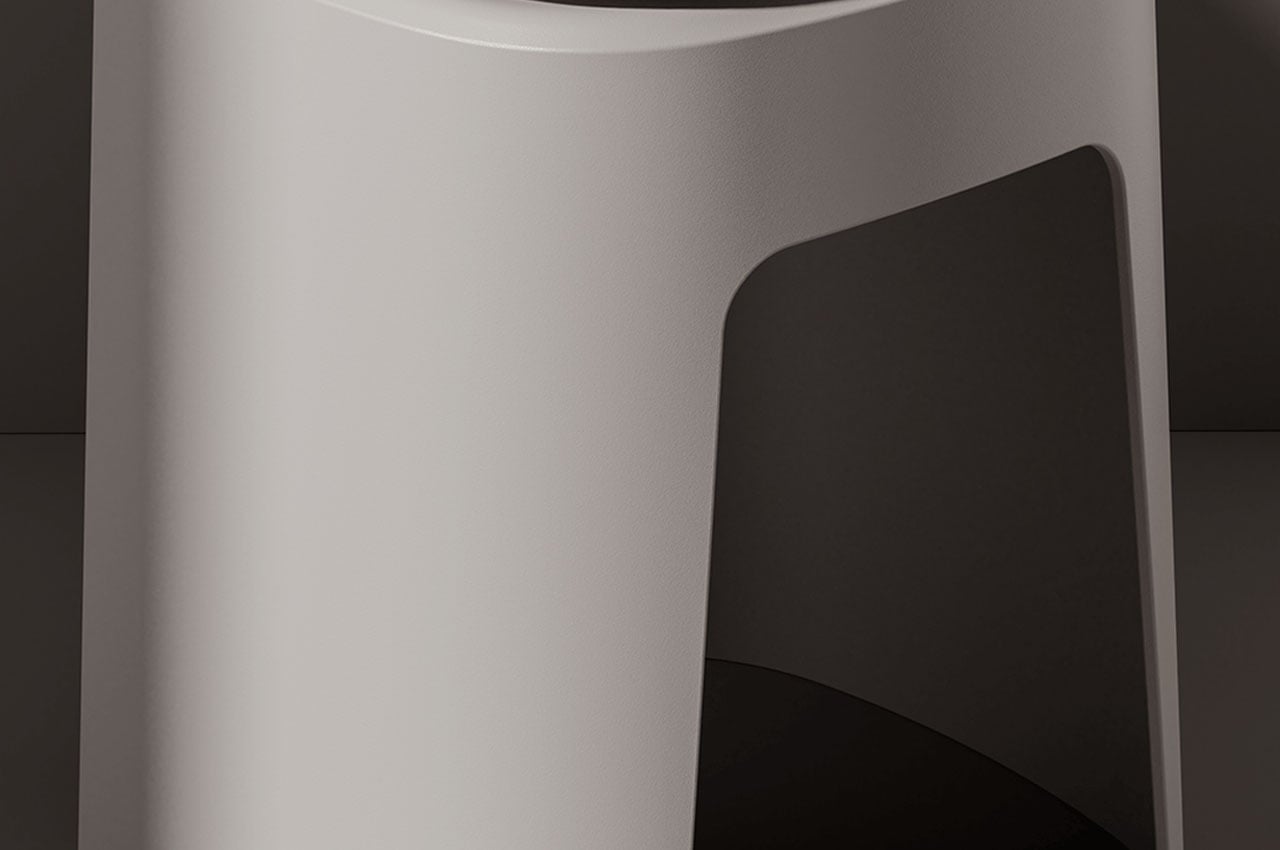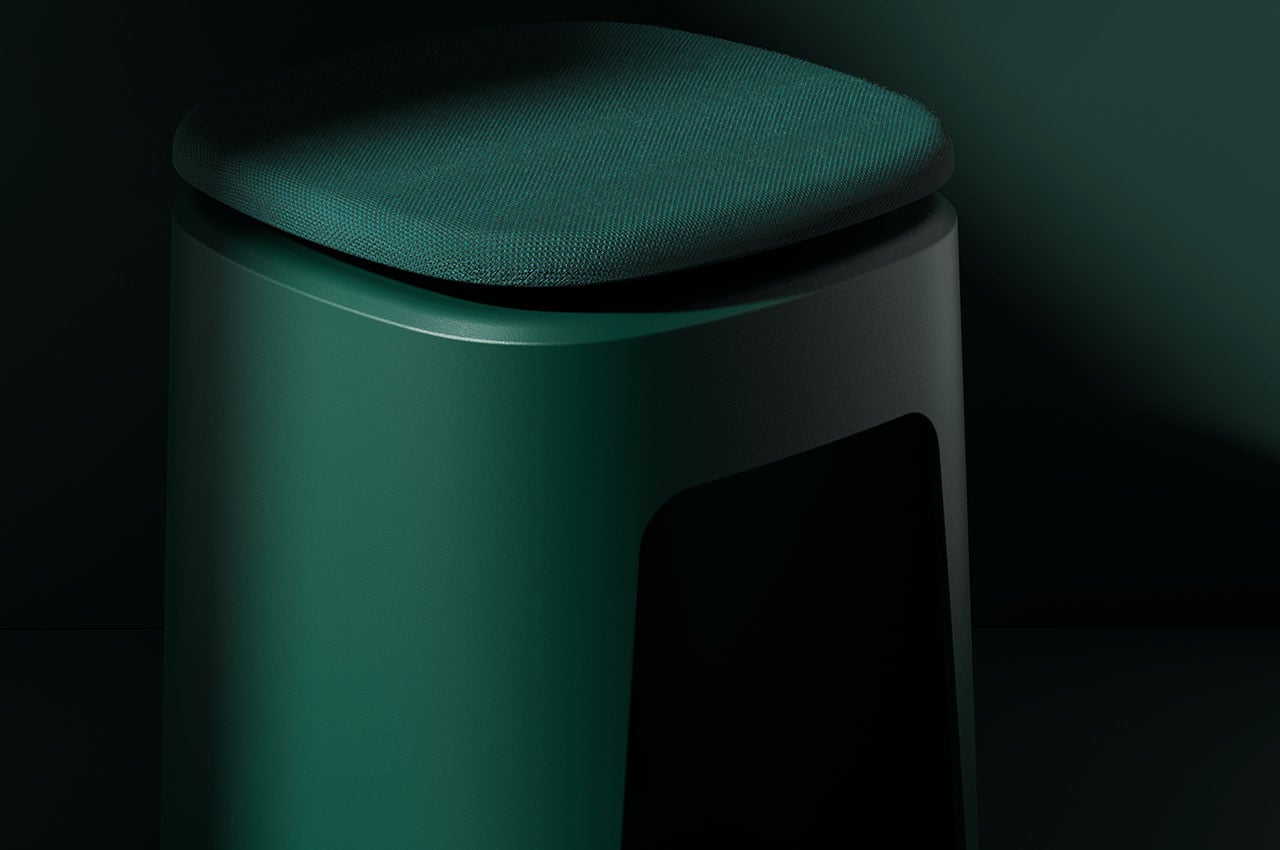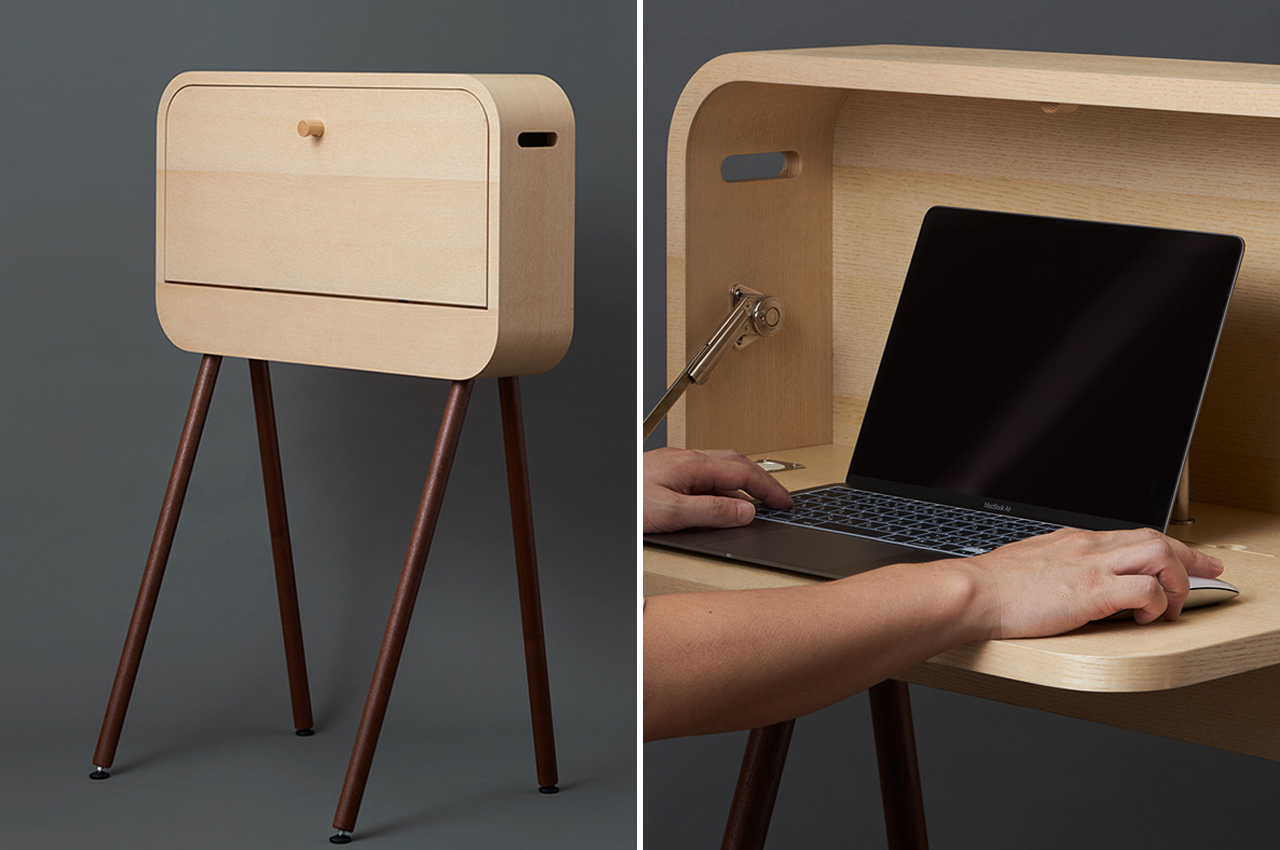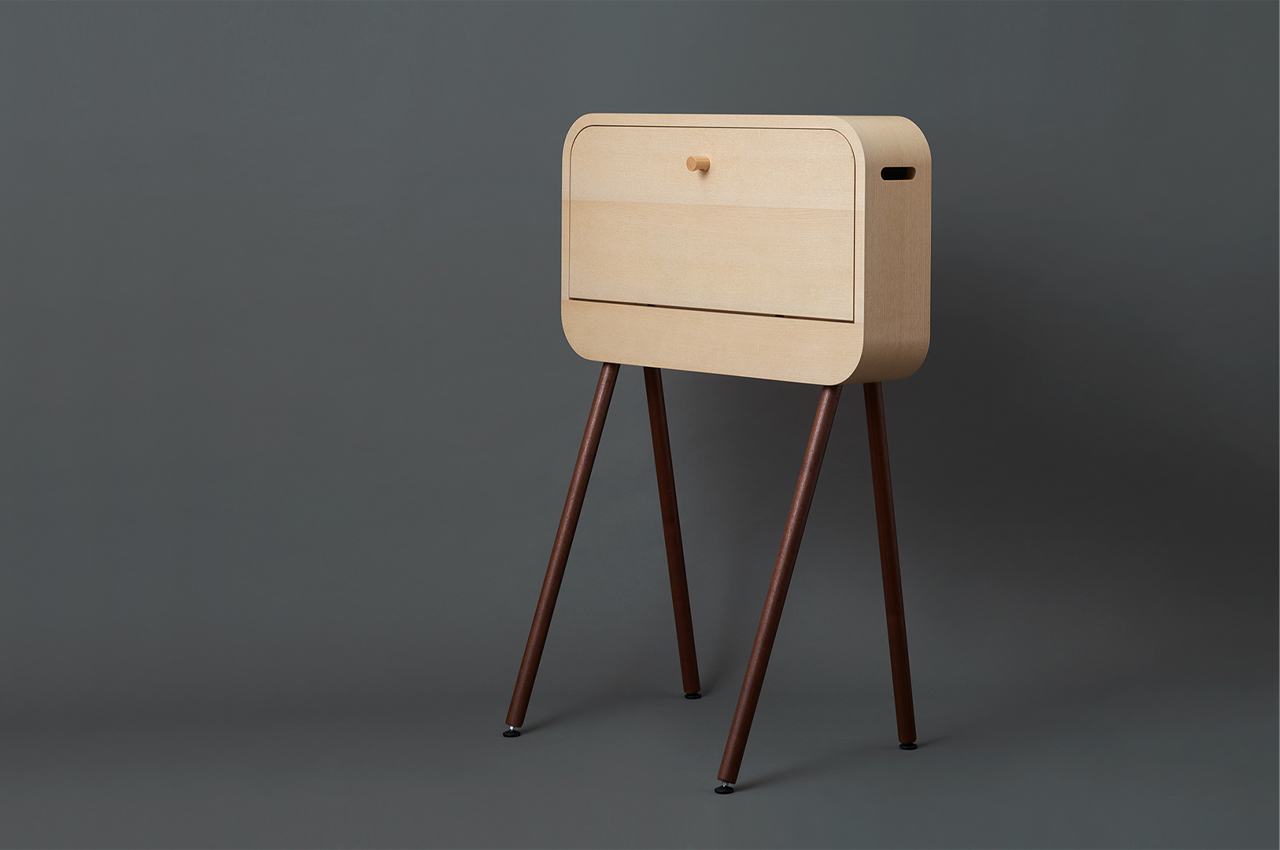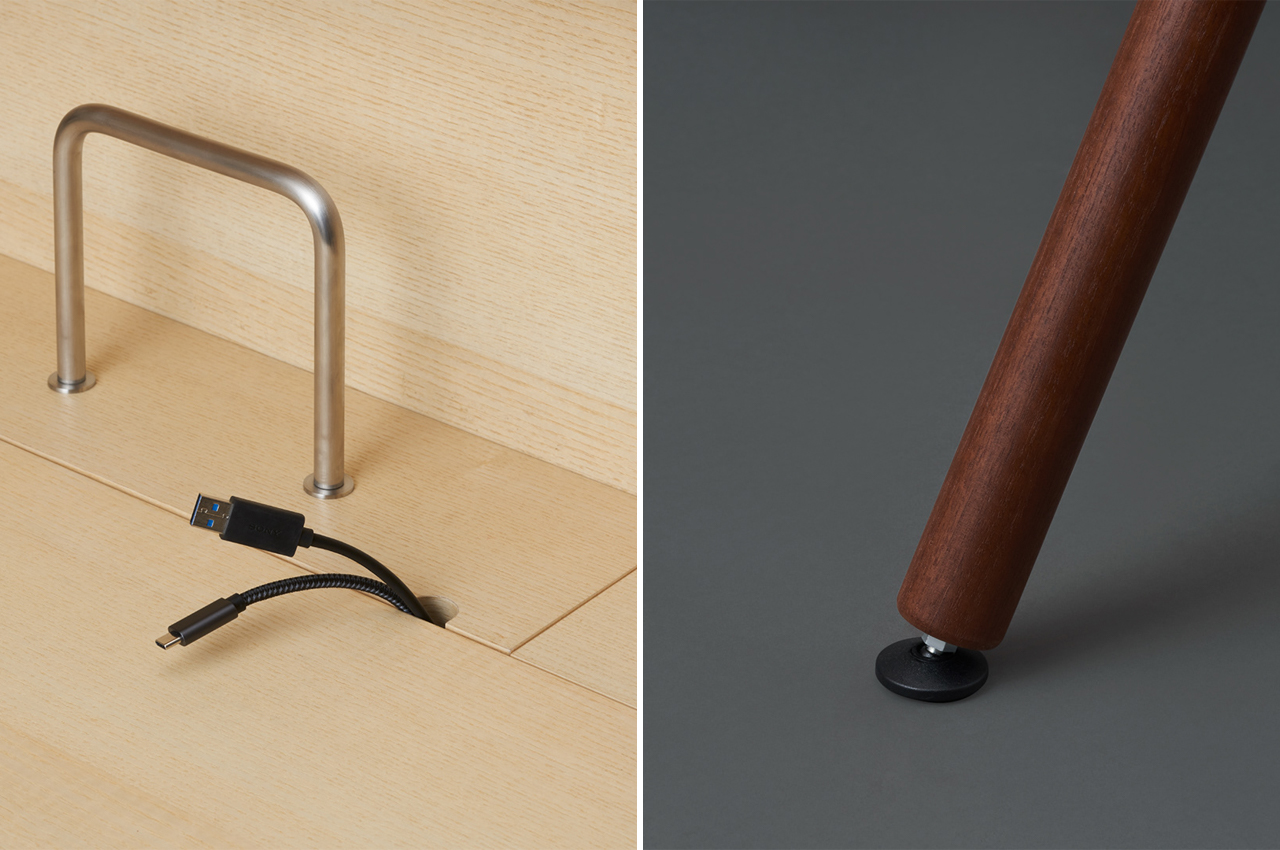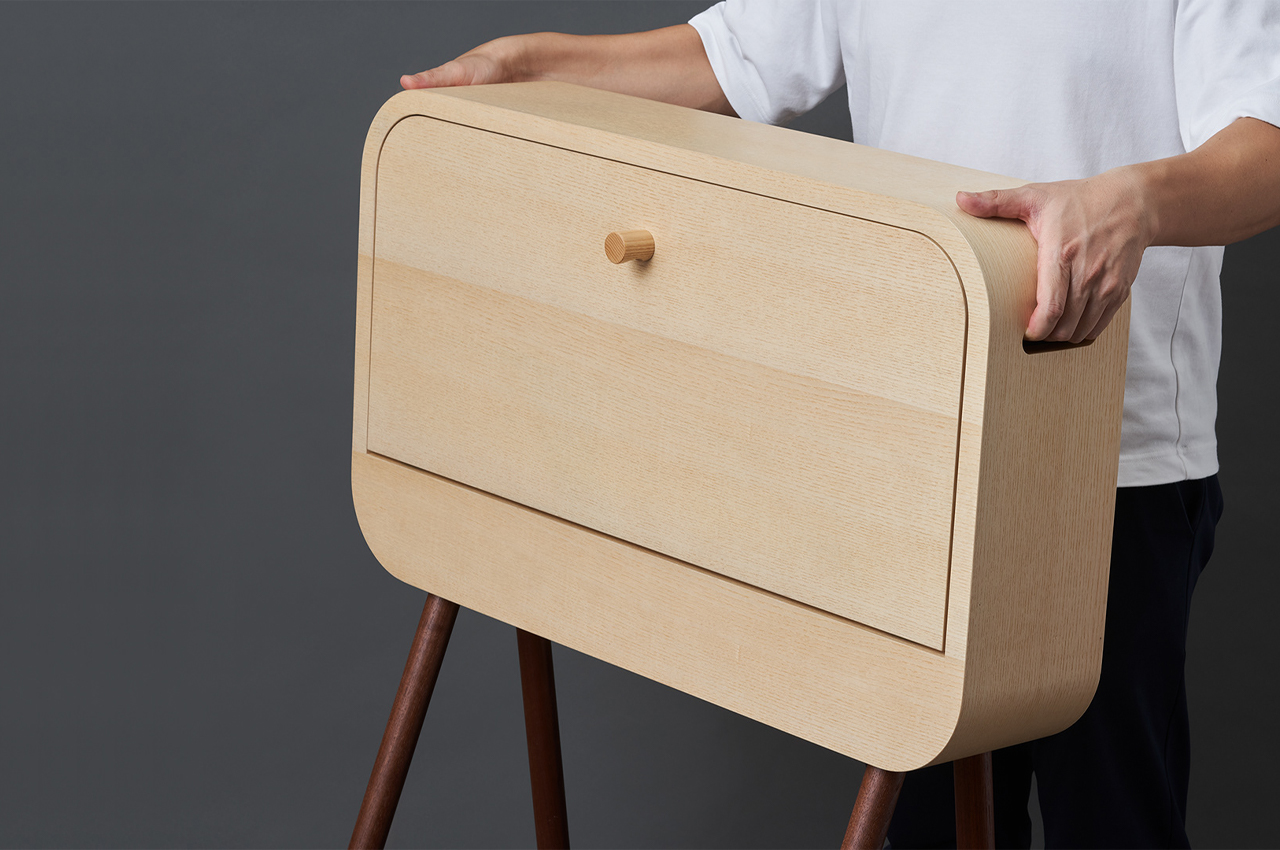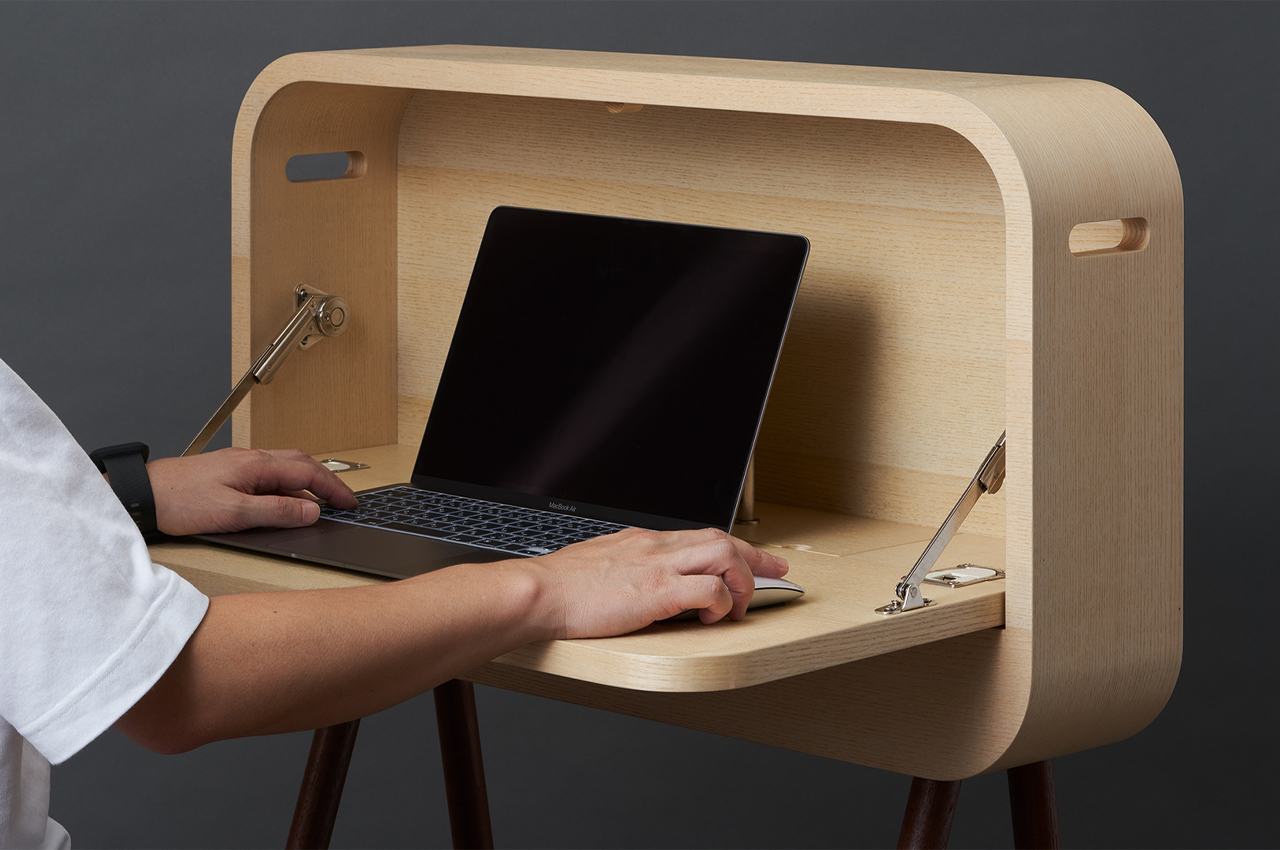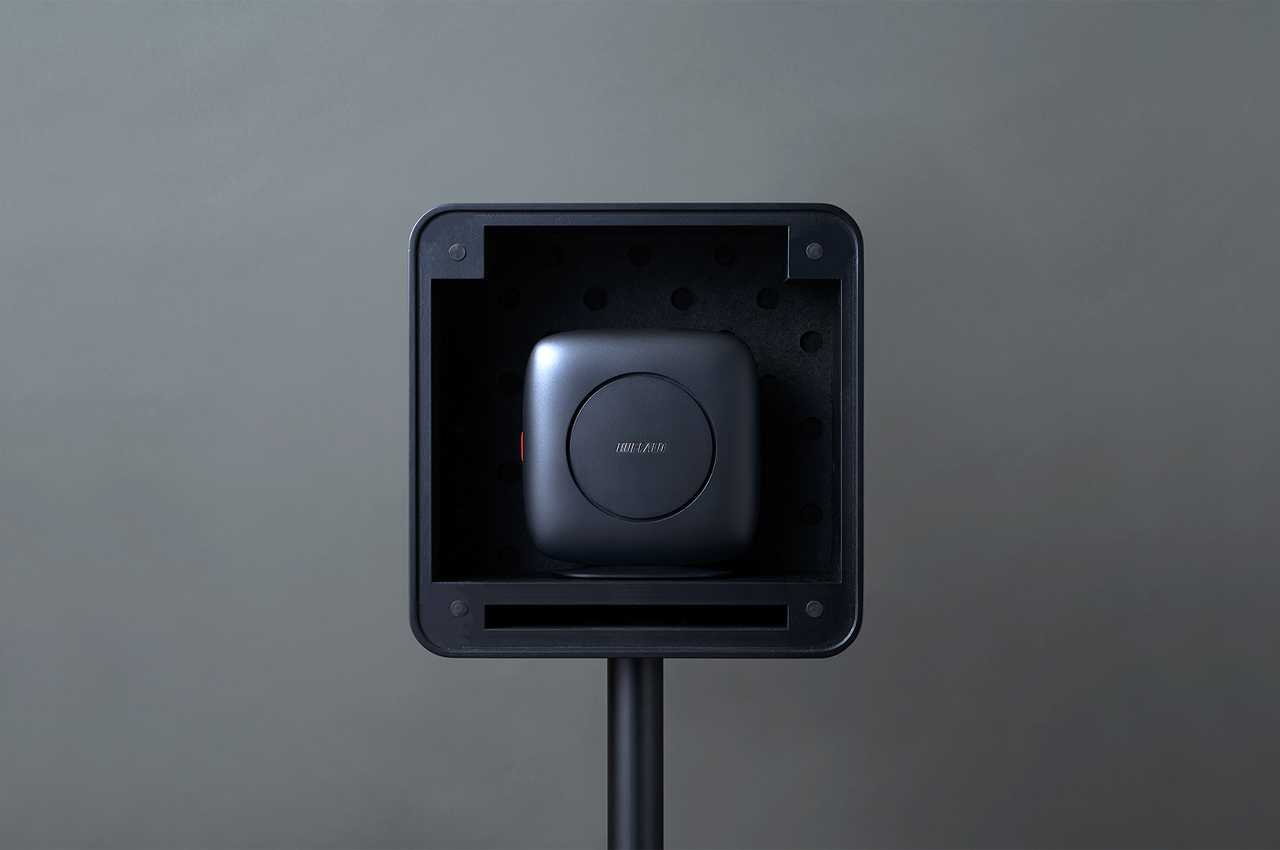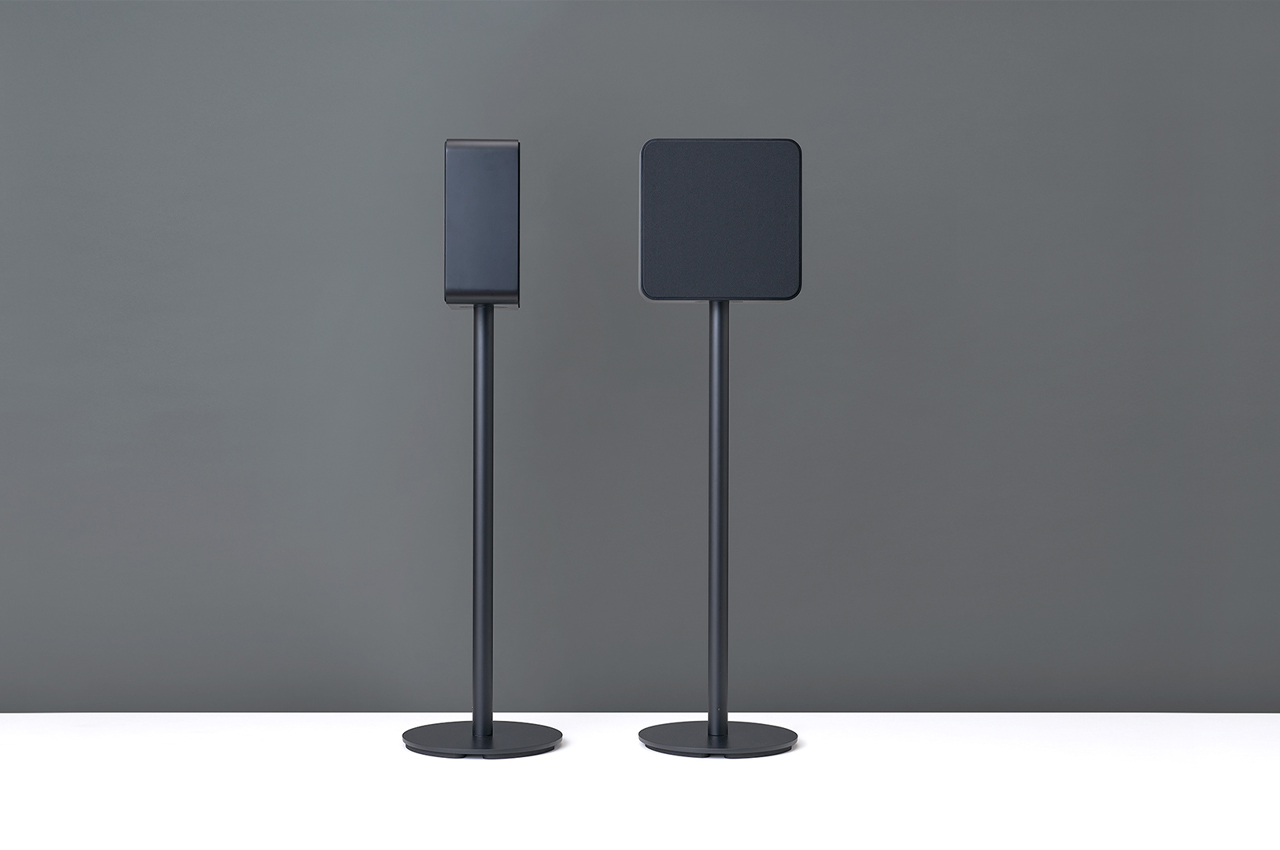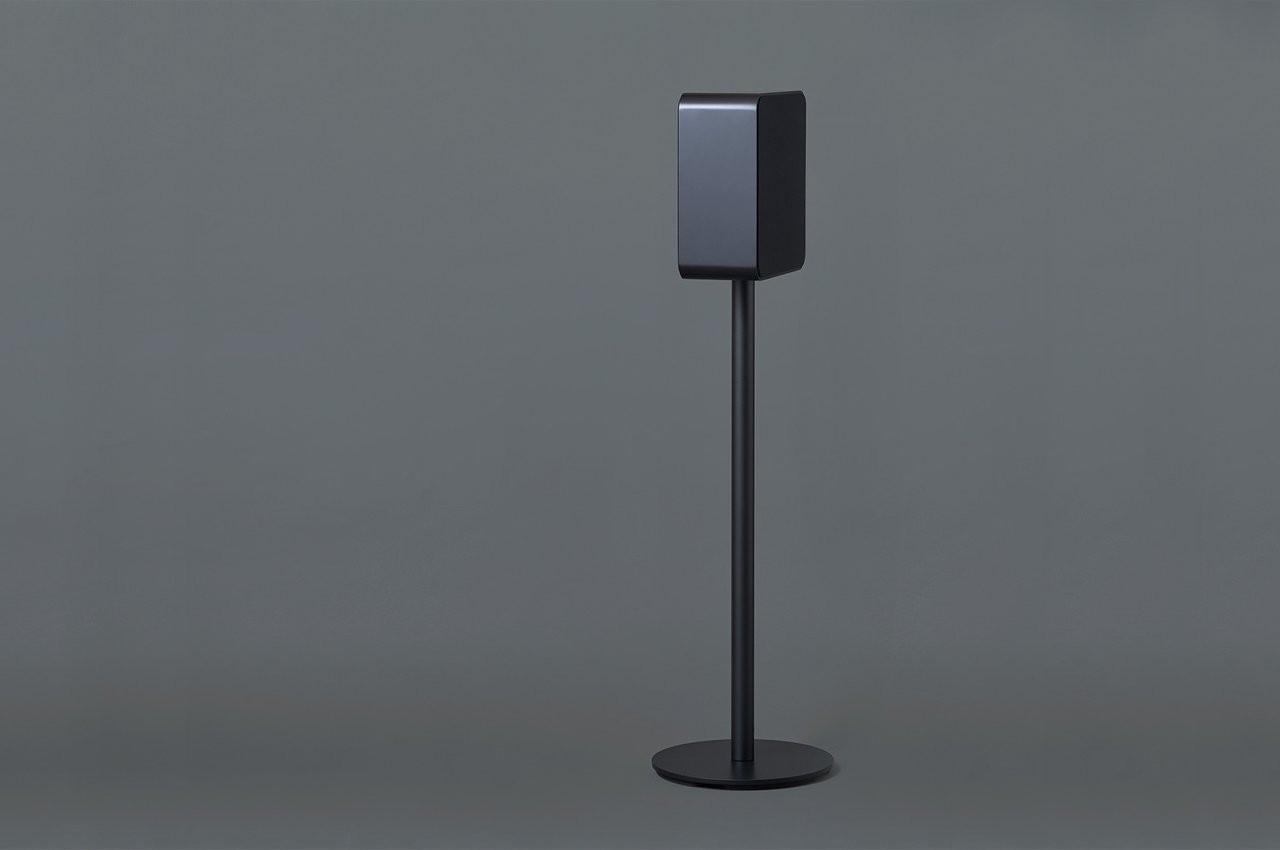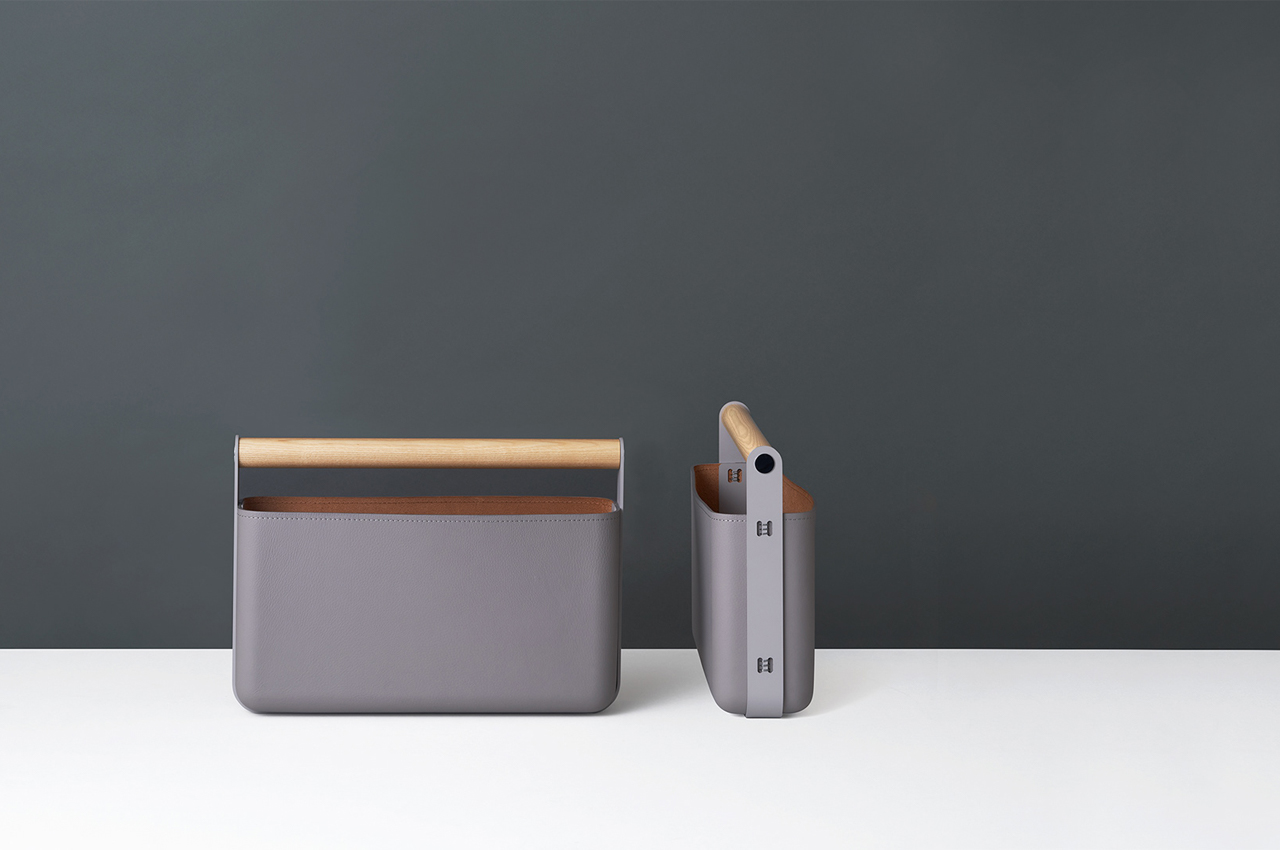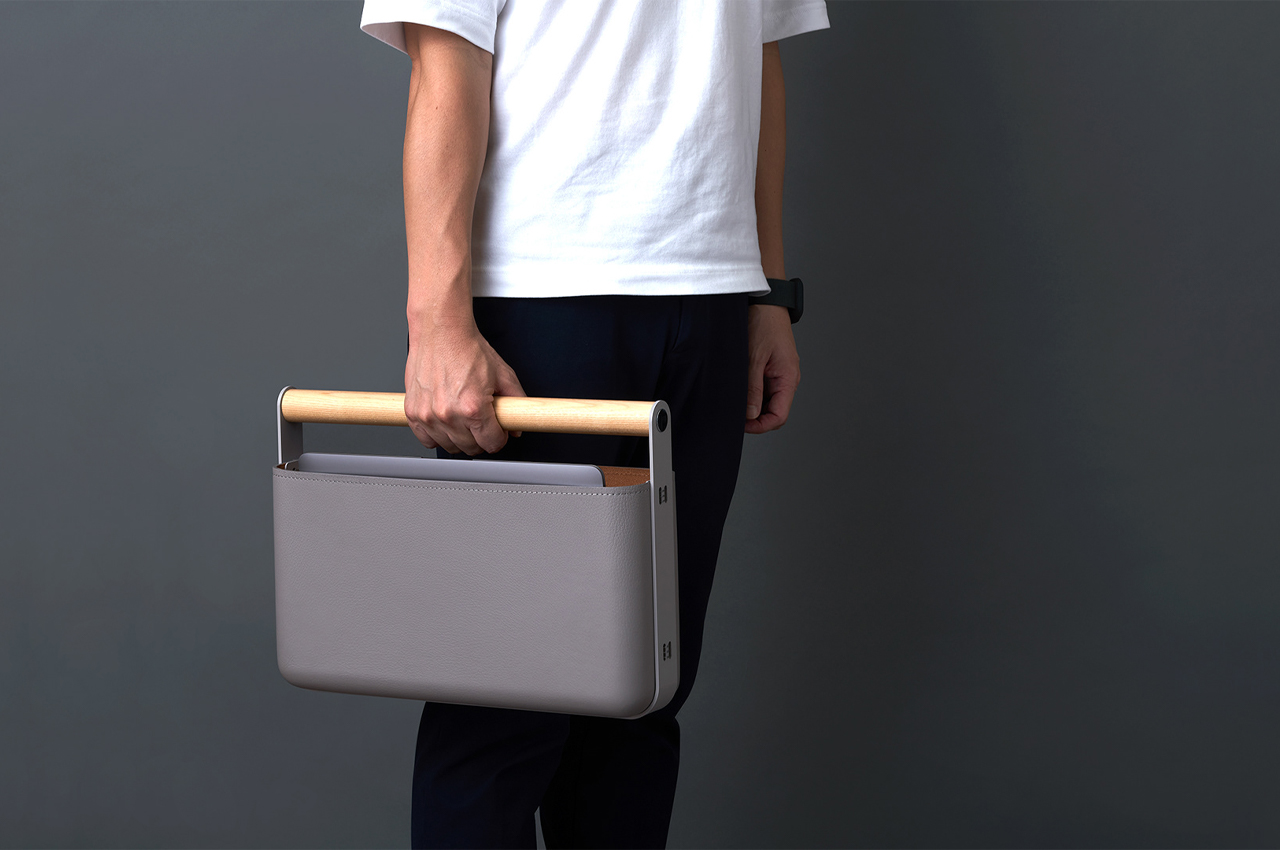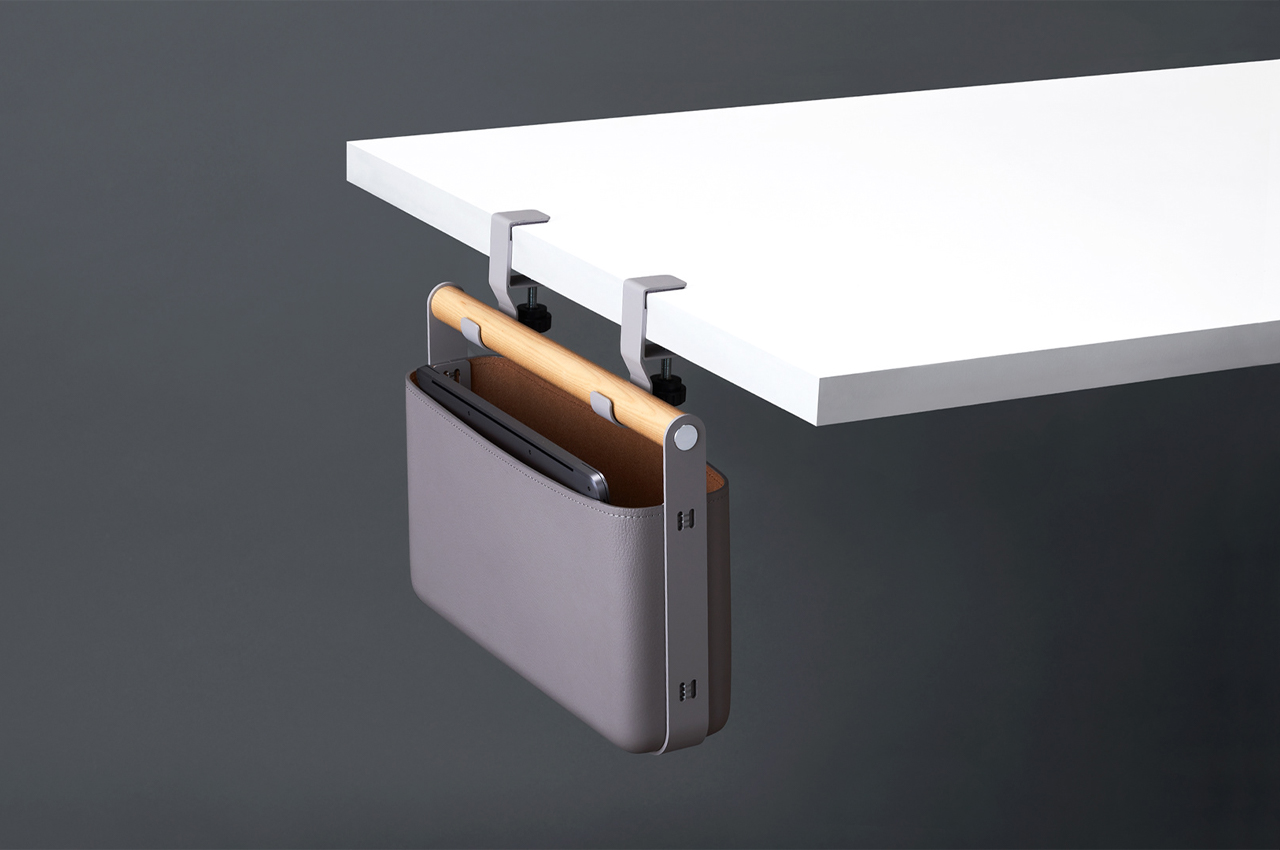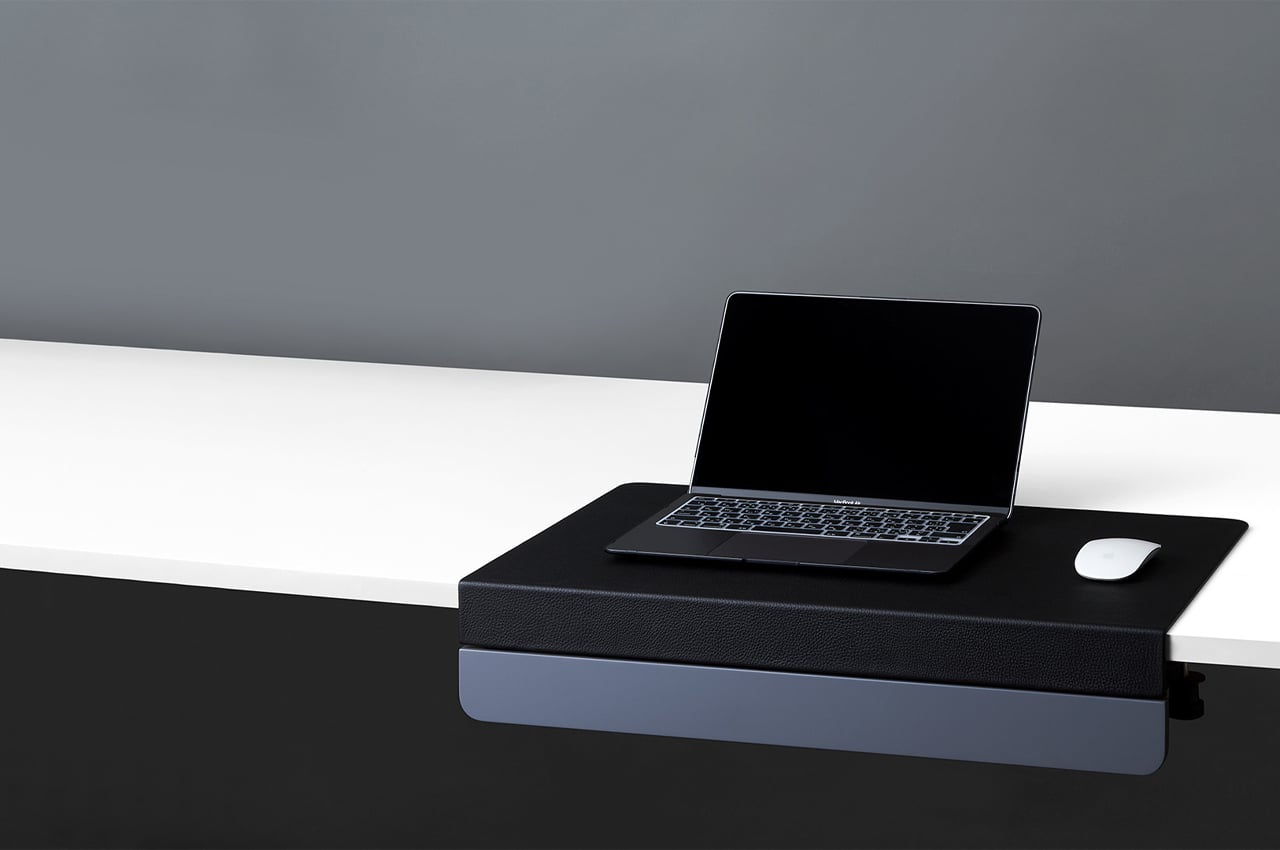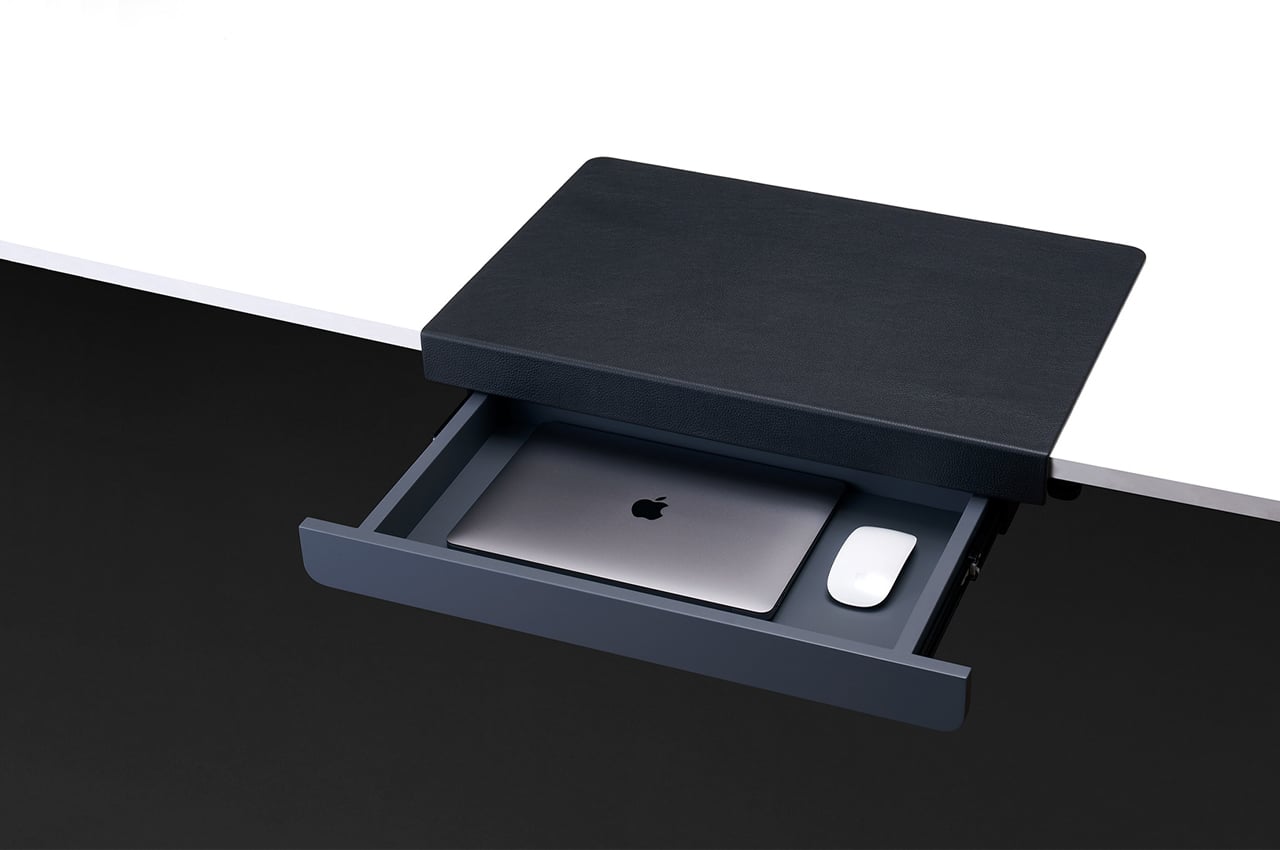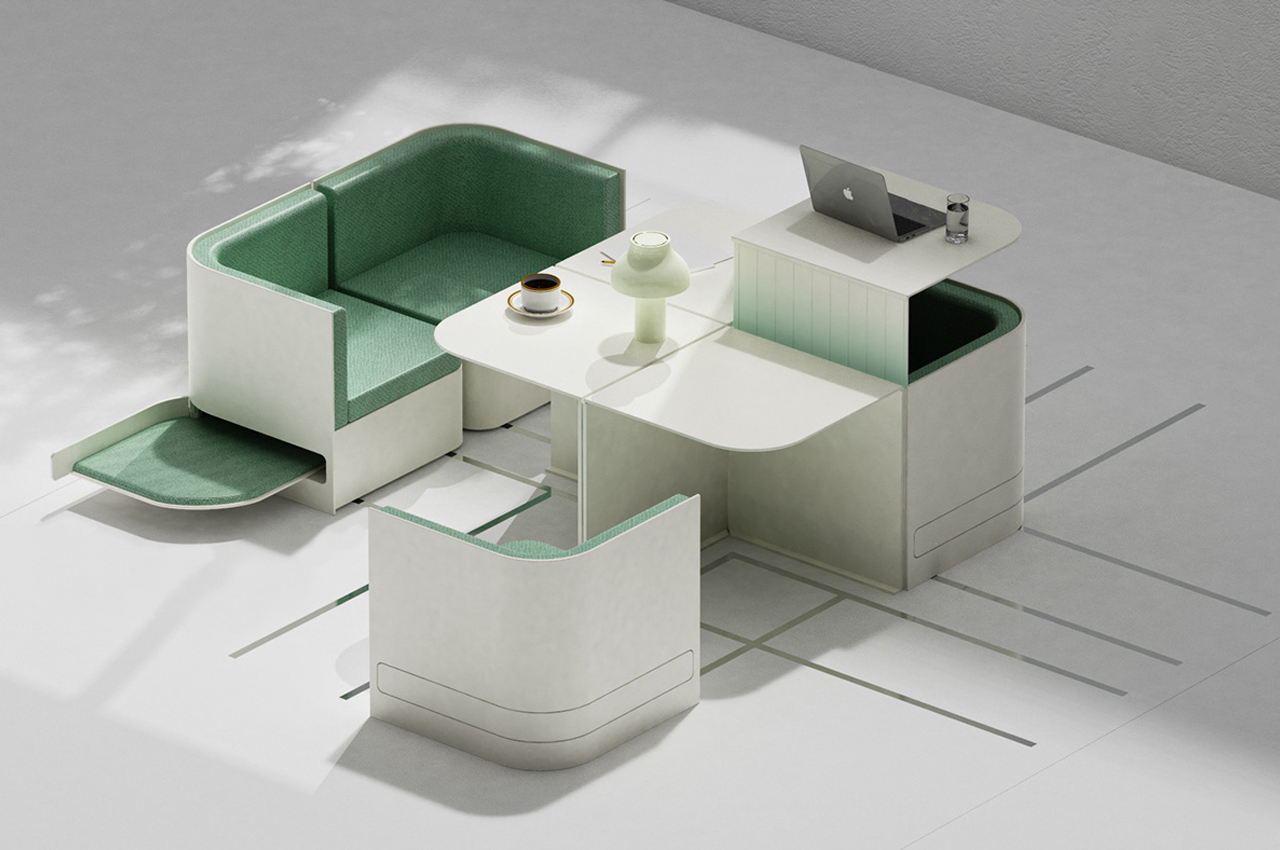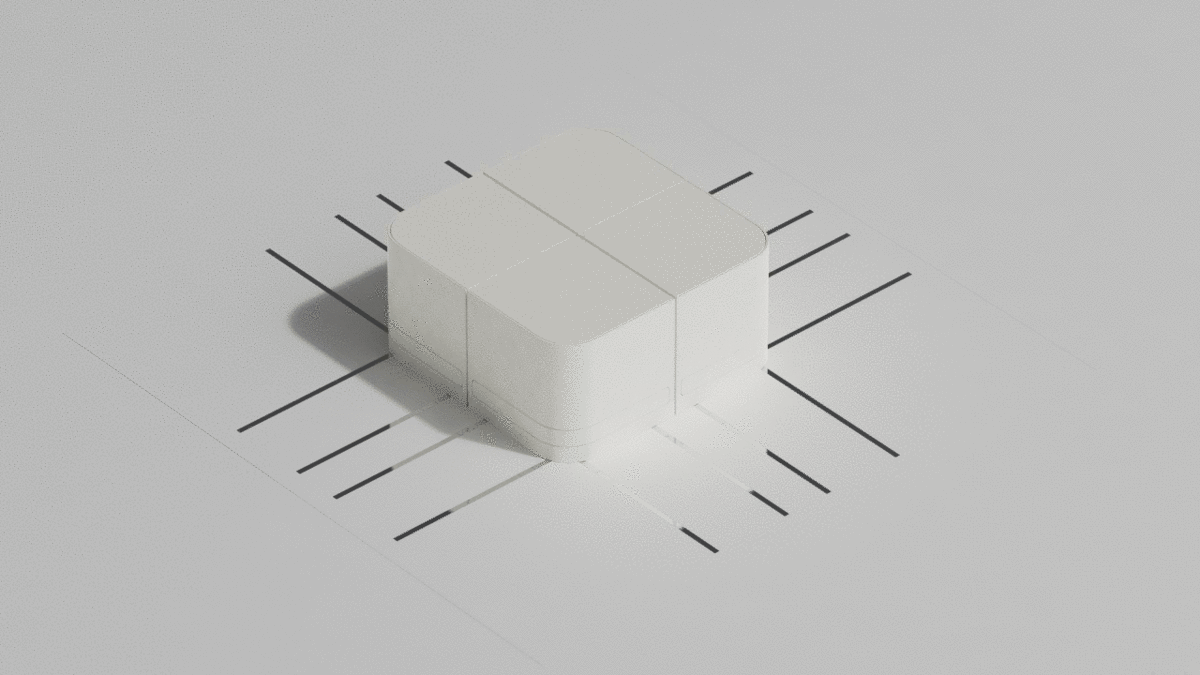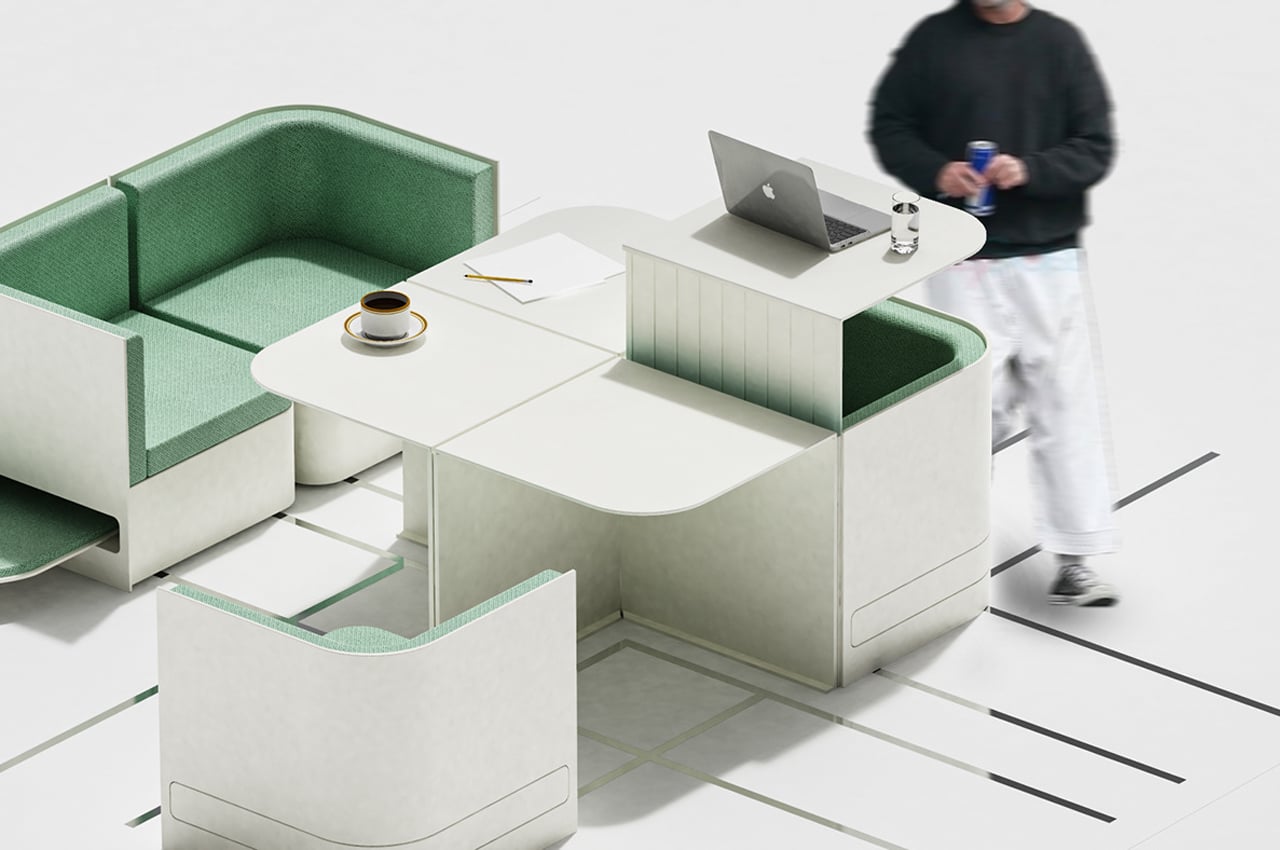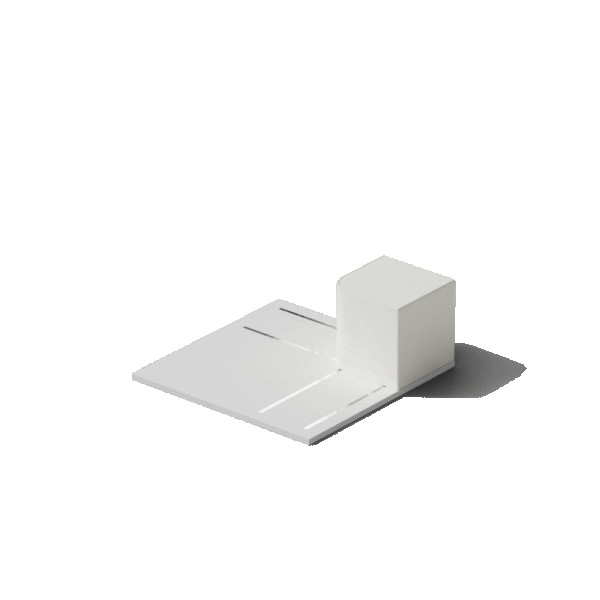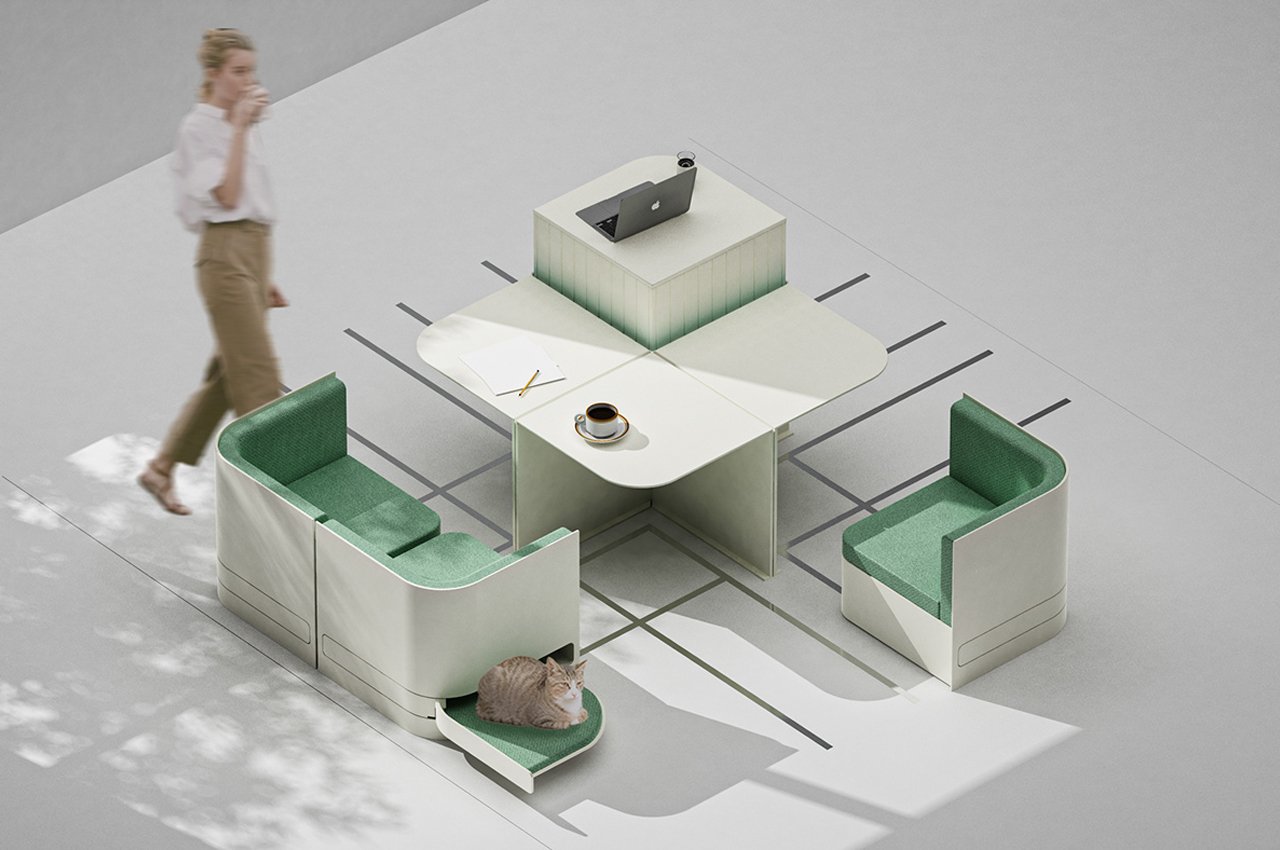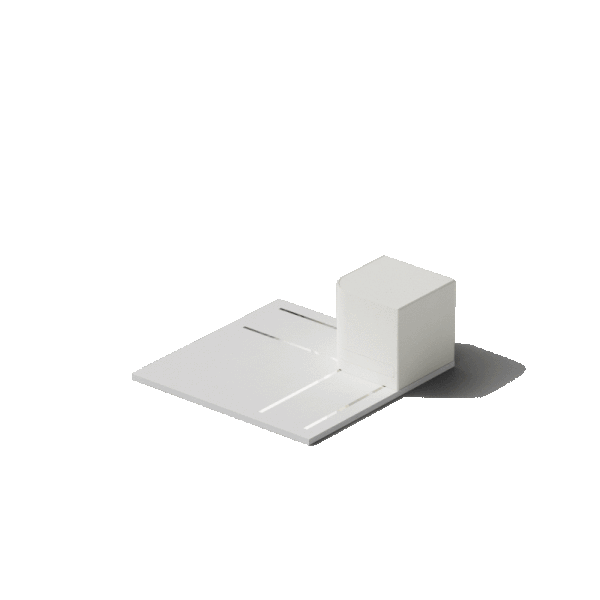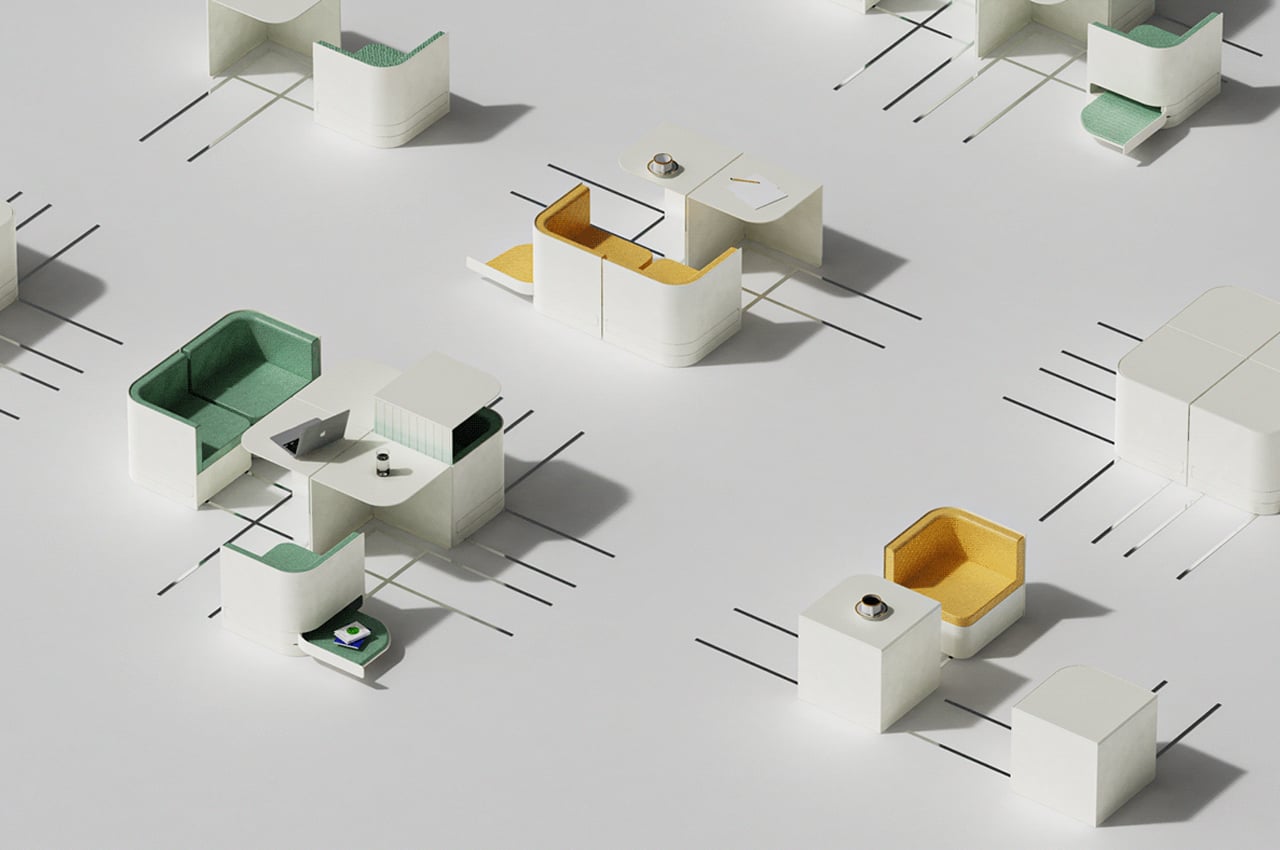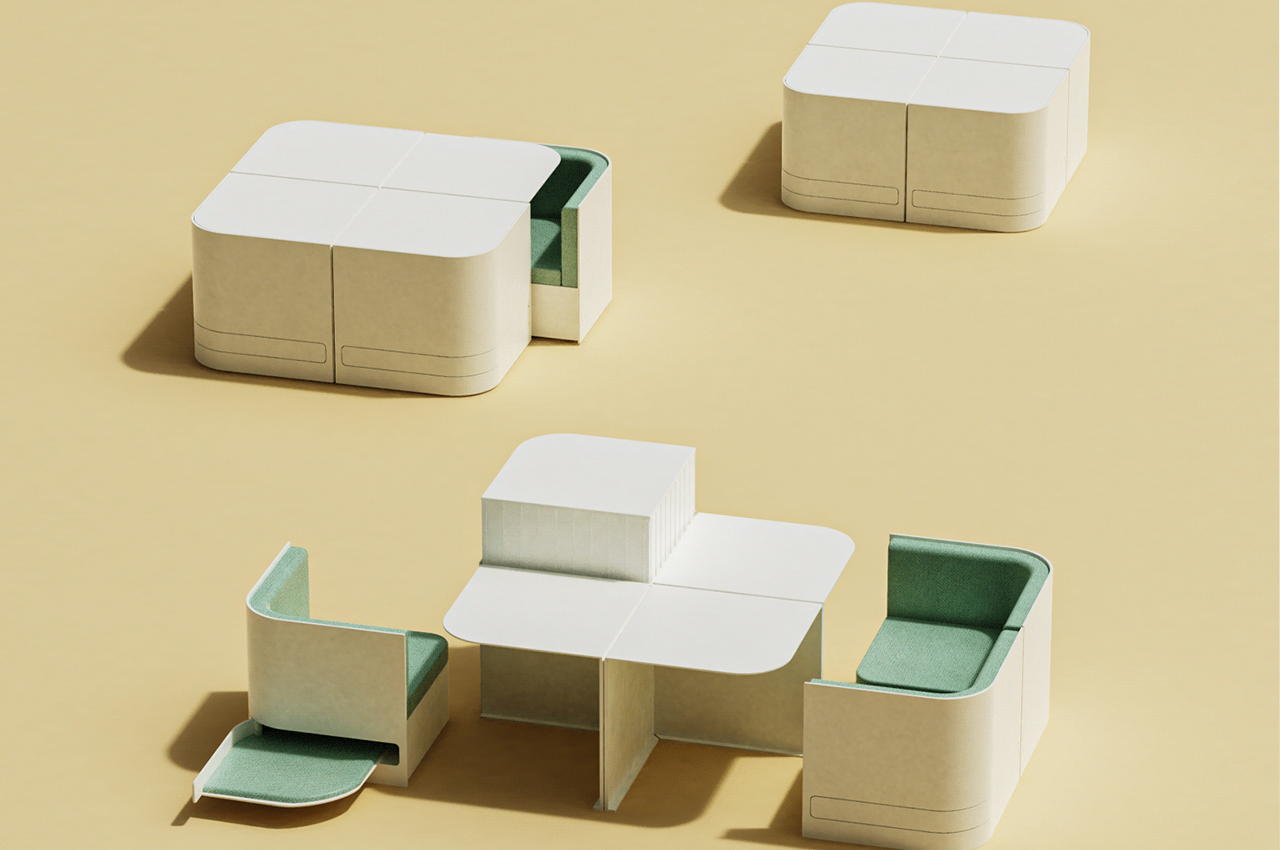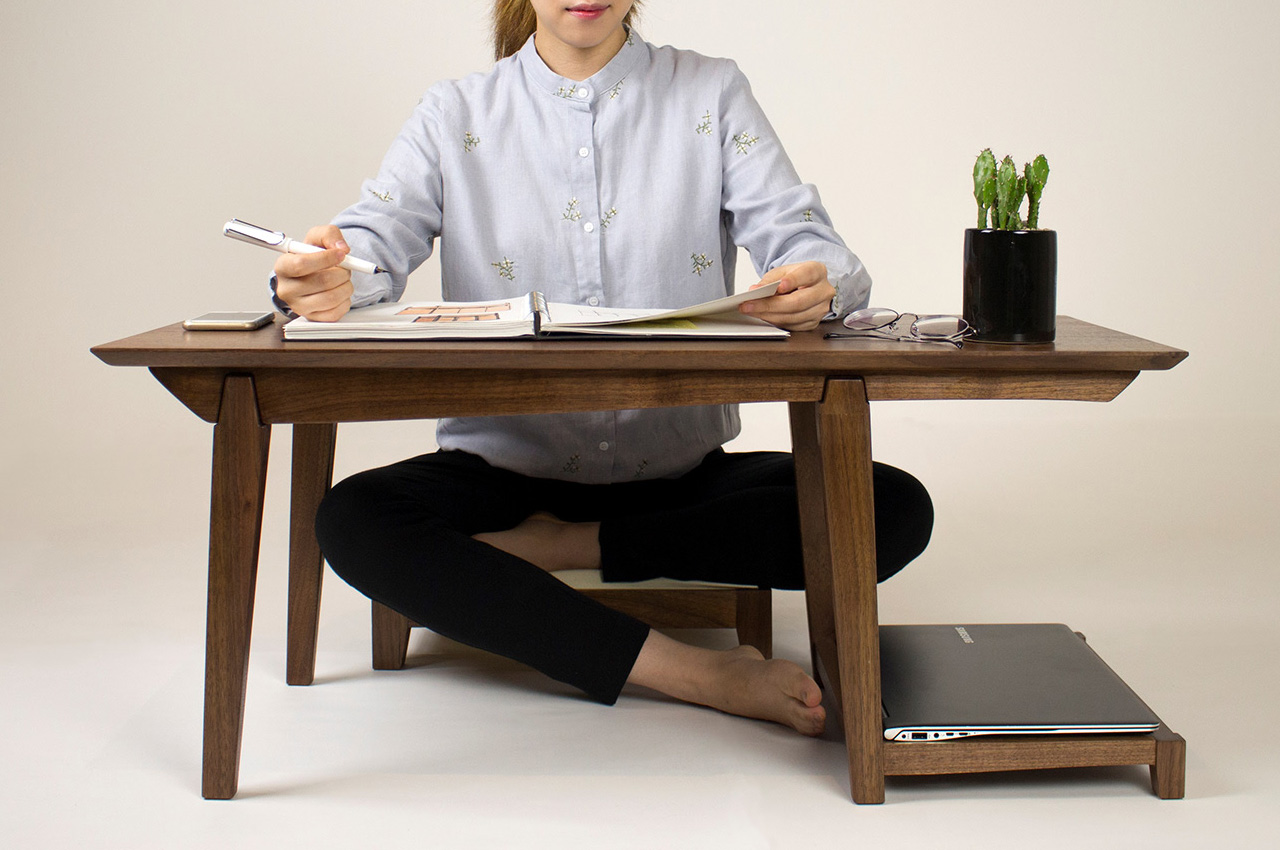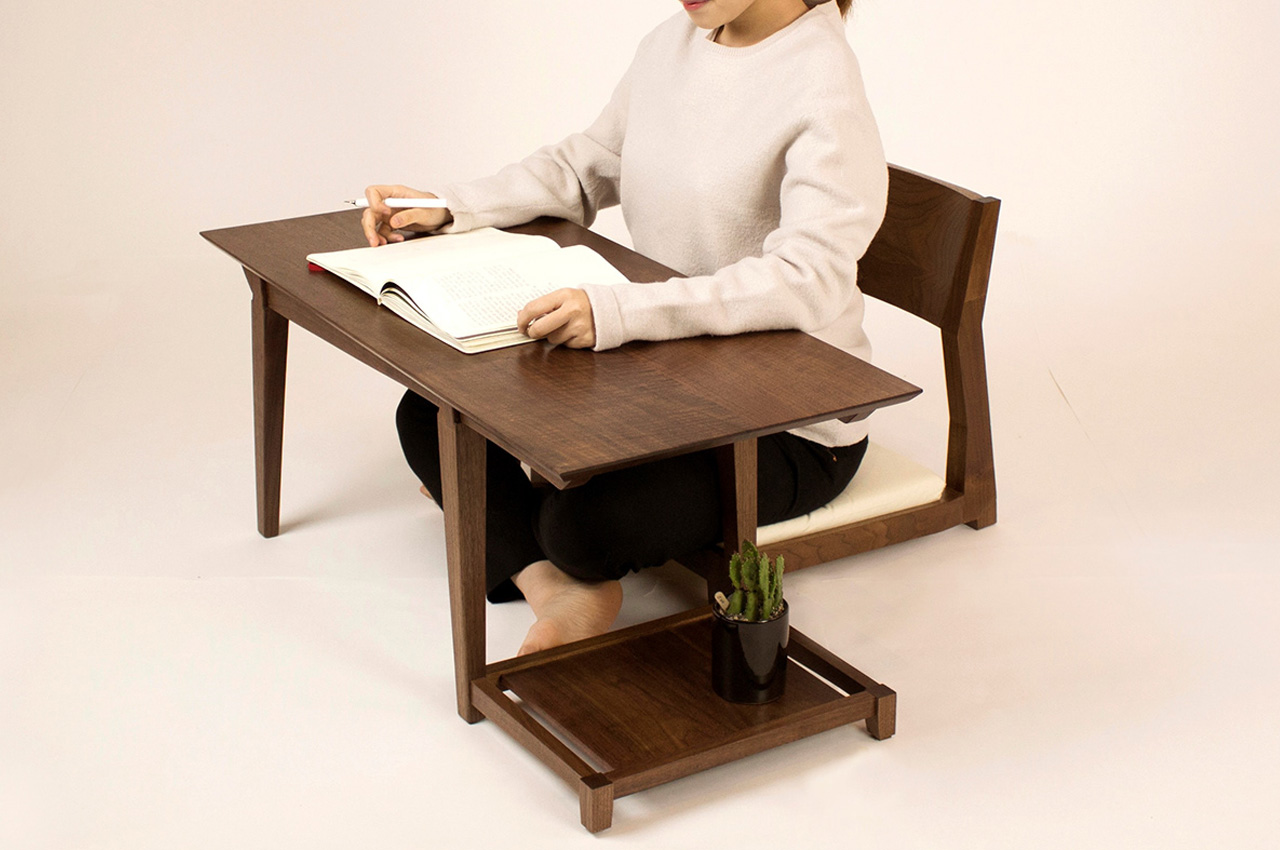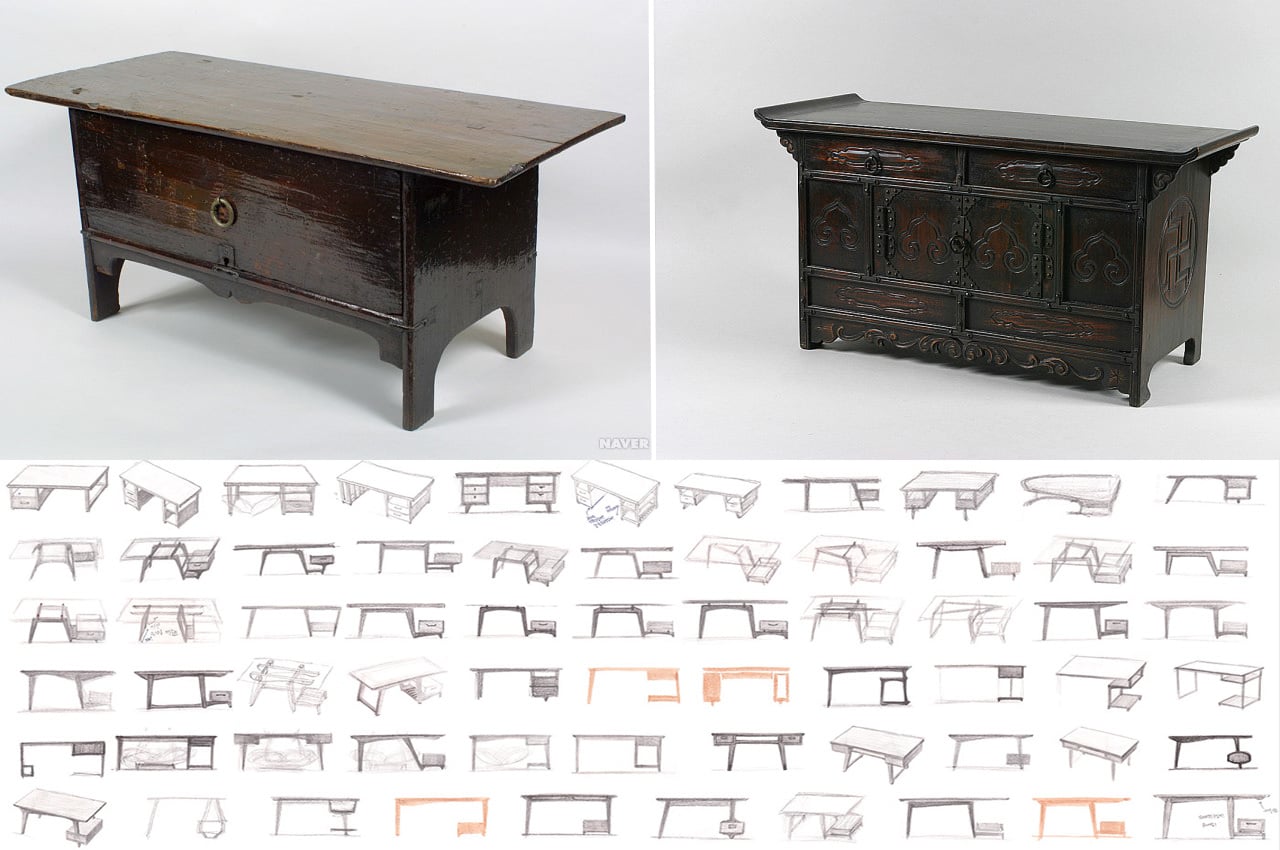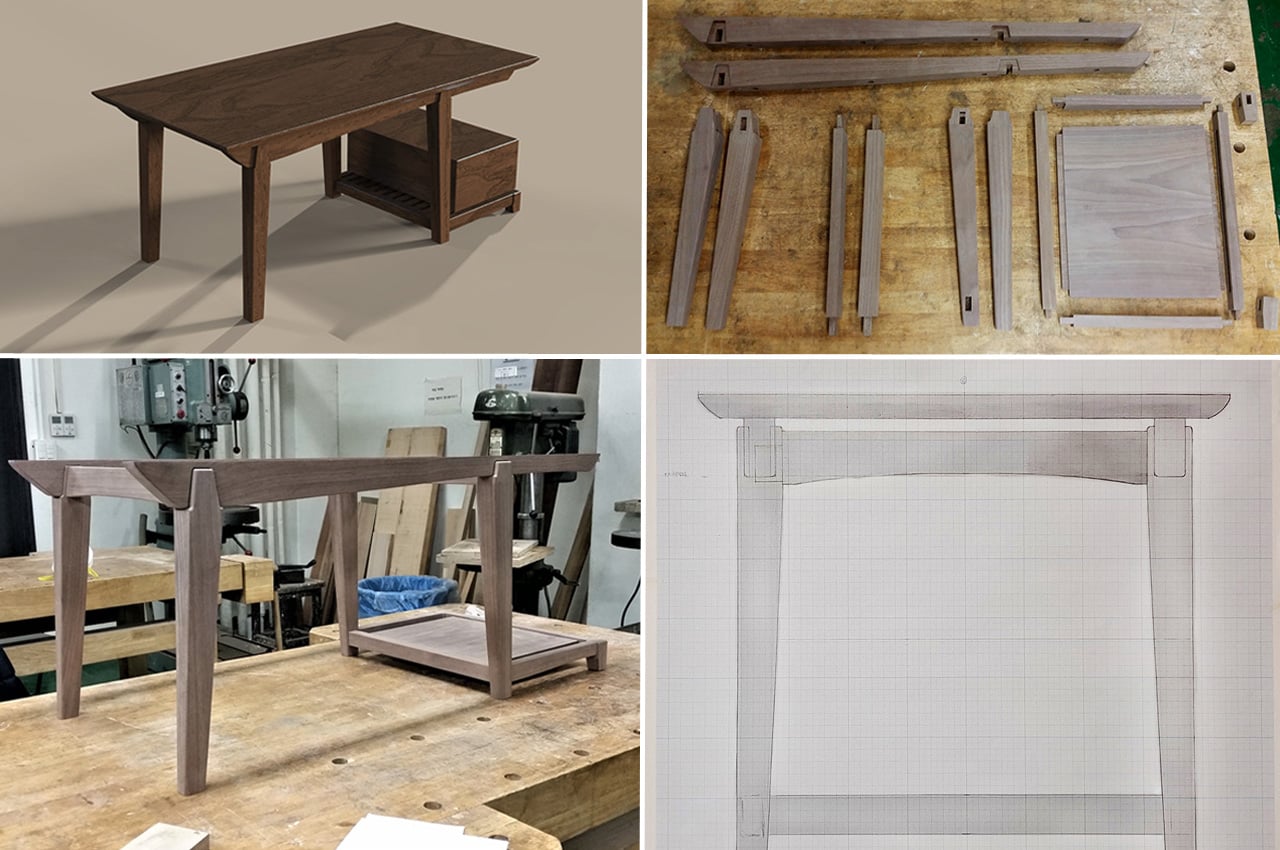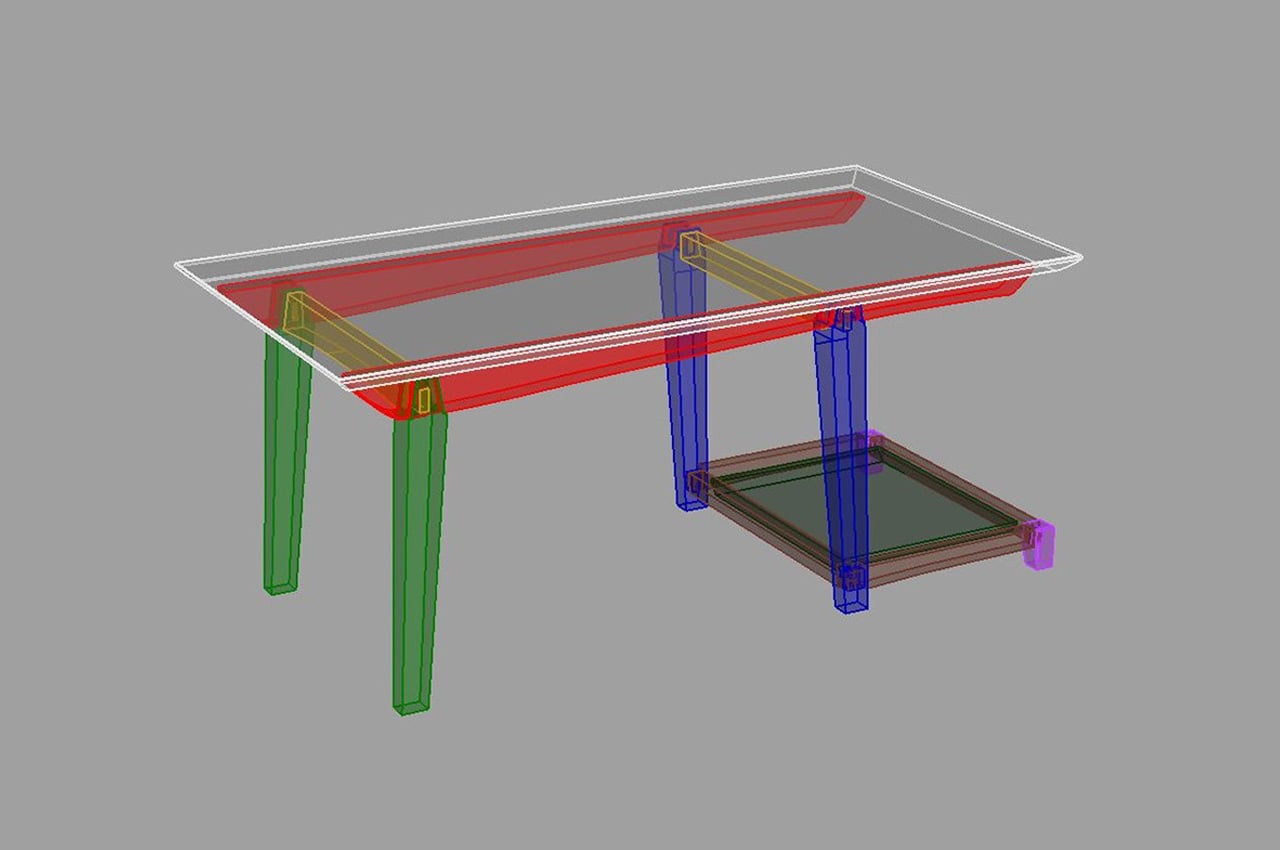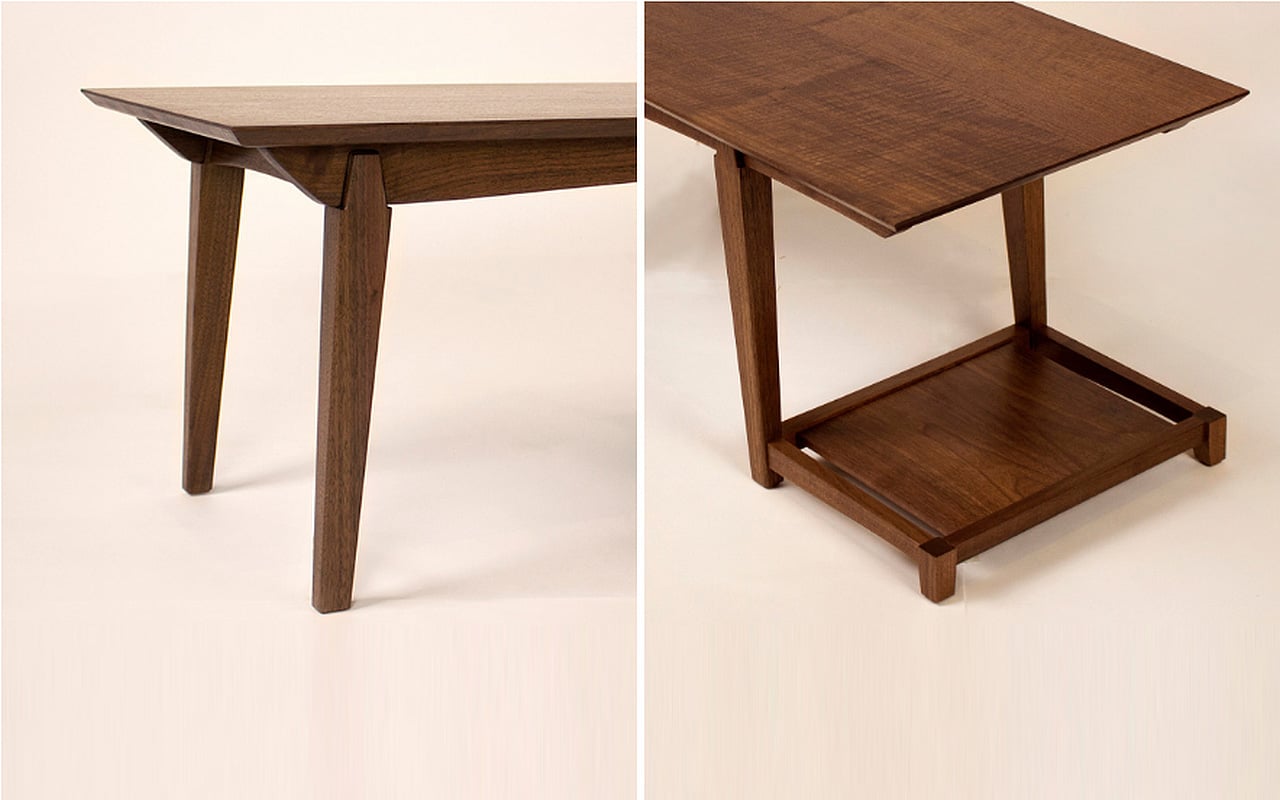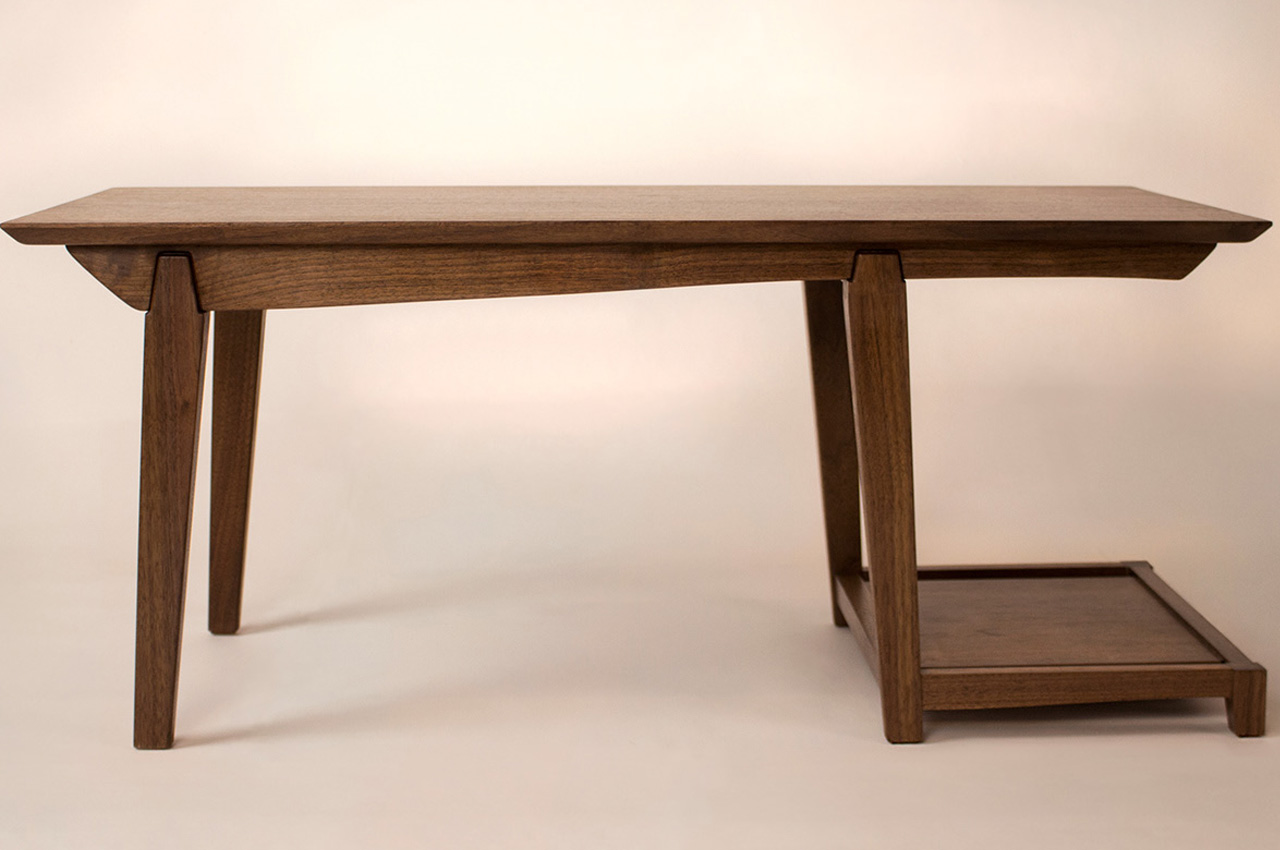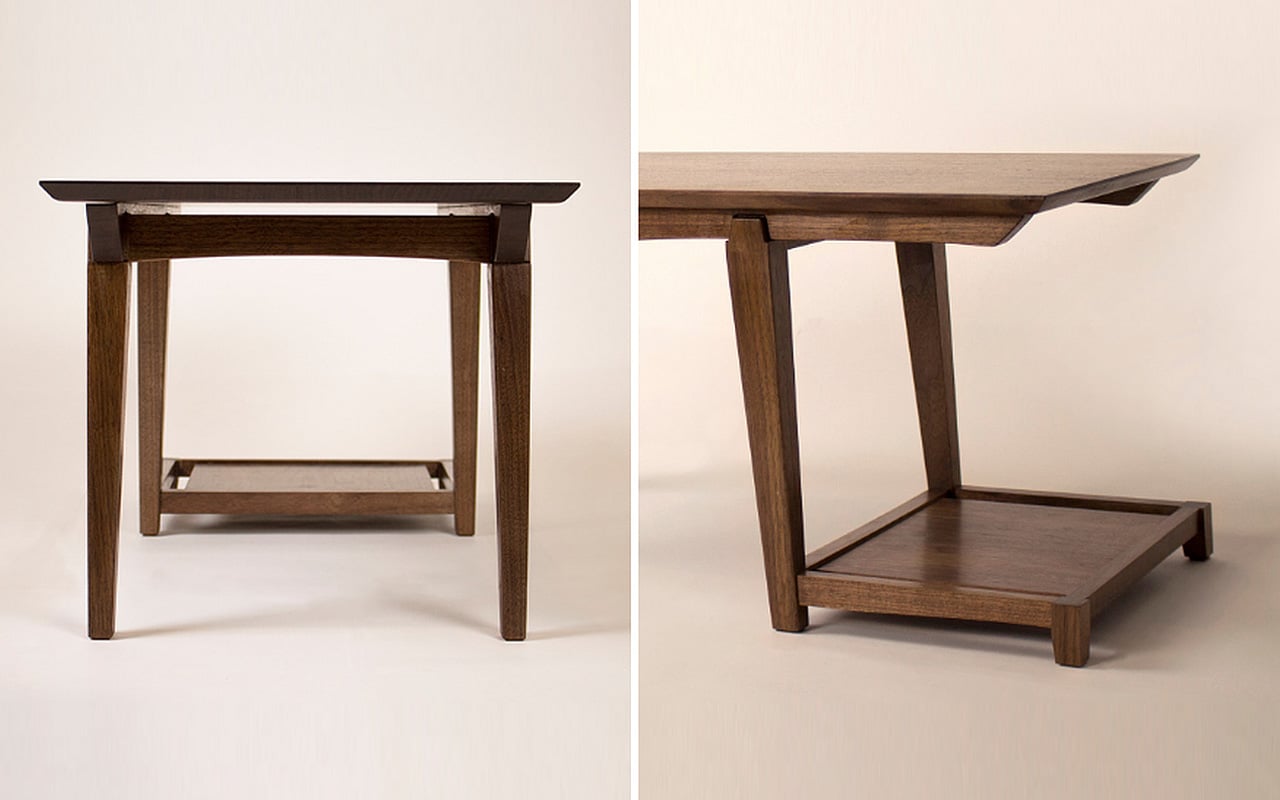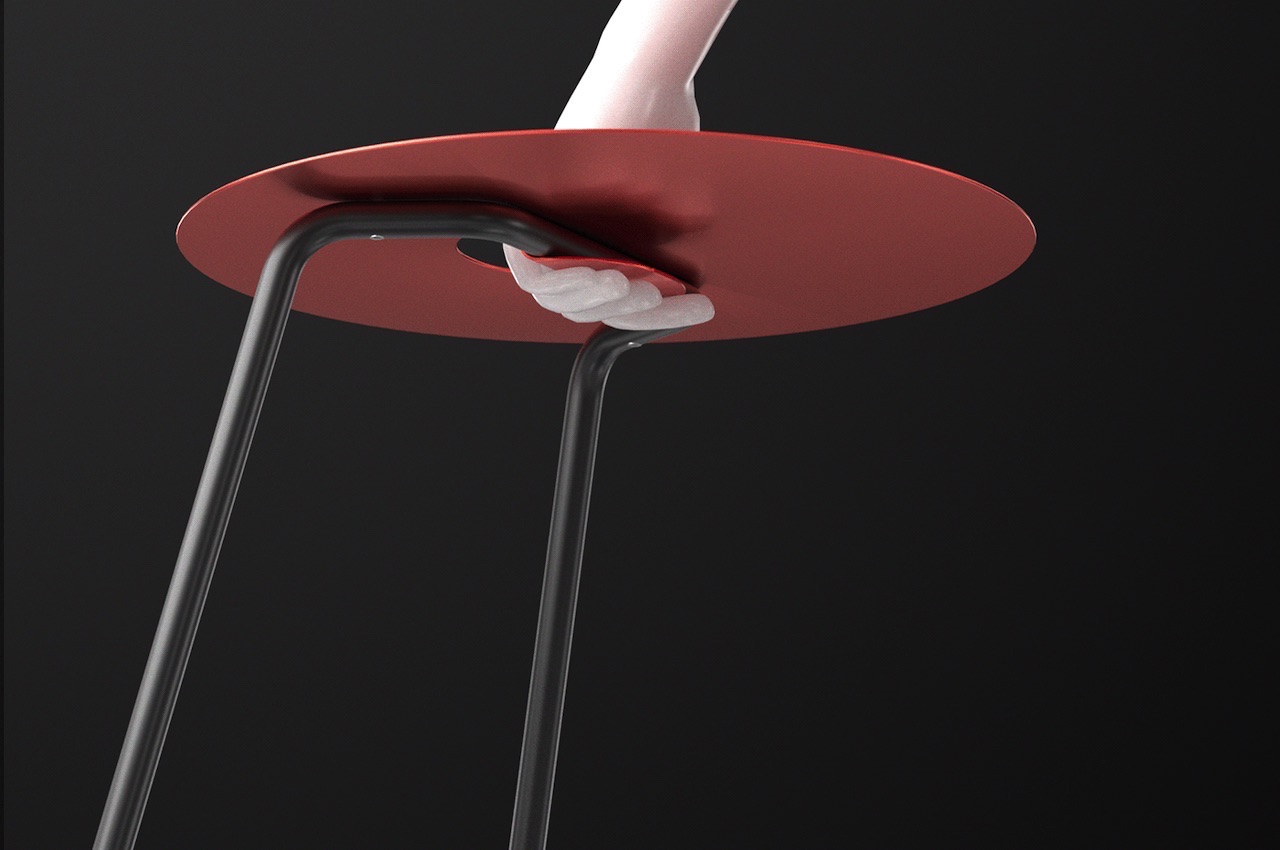
The design of this concept side table is straight to the point. The GRAB Side Table is named as such because the design of this furniture piece allows you to just grab it and go.
This is mainly a concept design and we have already seen something similar. However, it’s not really a surprise since its designer Deniz Aktay is the same guy who created the Wavelet Side Table. The latter made waves recently with its curled side tabletop that doubles as a handle.
Designer: Deniz Aktay
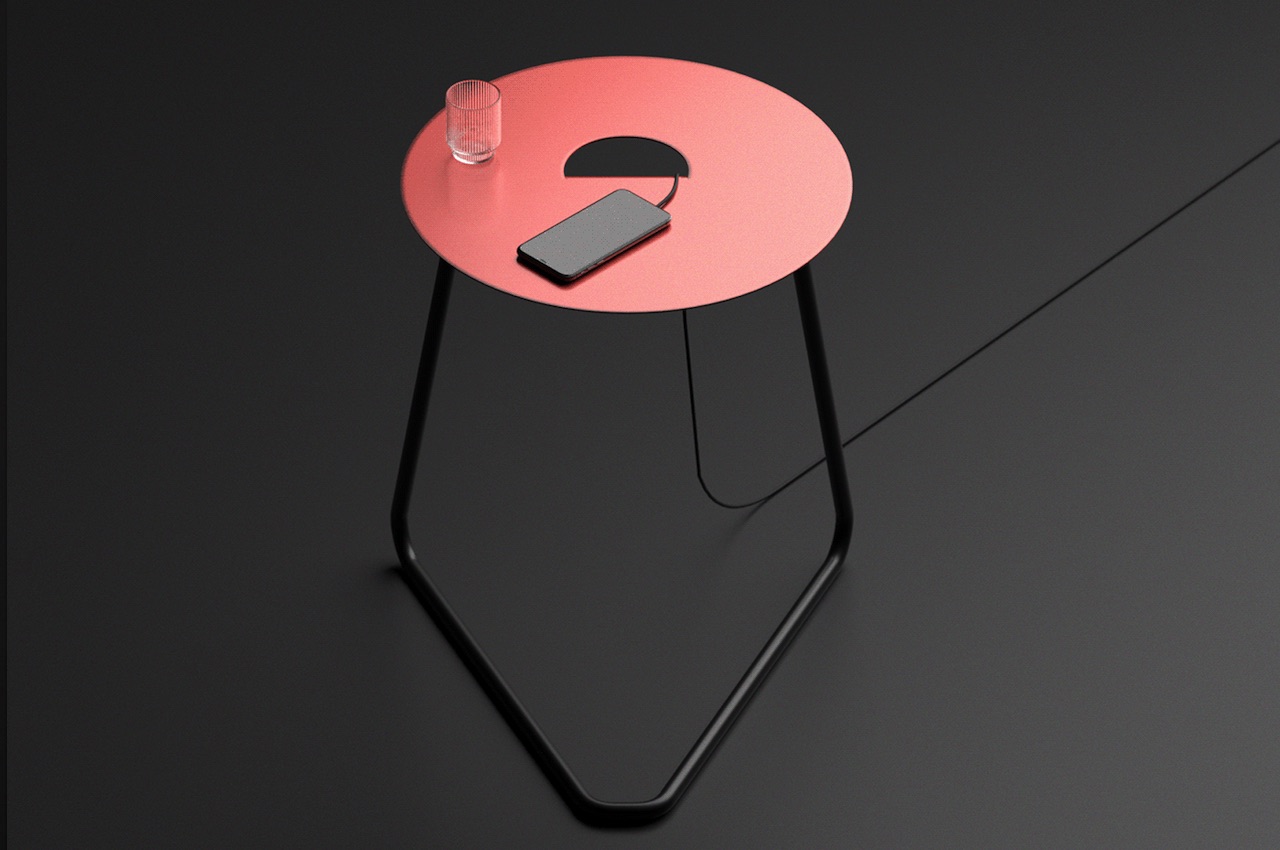
The round tabletop’s vibrant red and matte finish makes the piece more attractive. In addition, it has an opening in the middle, shaped like a semi-circle, that also works as a handle. This design allows easier transport when you want to move the table and redecorate the home.
The metal legs of the side table appear to be one piece. It is bent in different places to give support to the tabletop. It is painted in black with a smooth finish, looks neat, and is the perfect match for the red table. Underneath, we see screws that attach the leg part to the top.
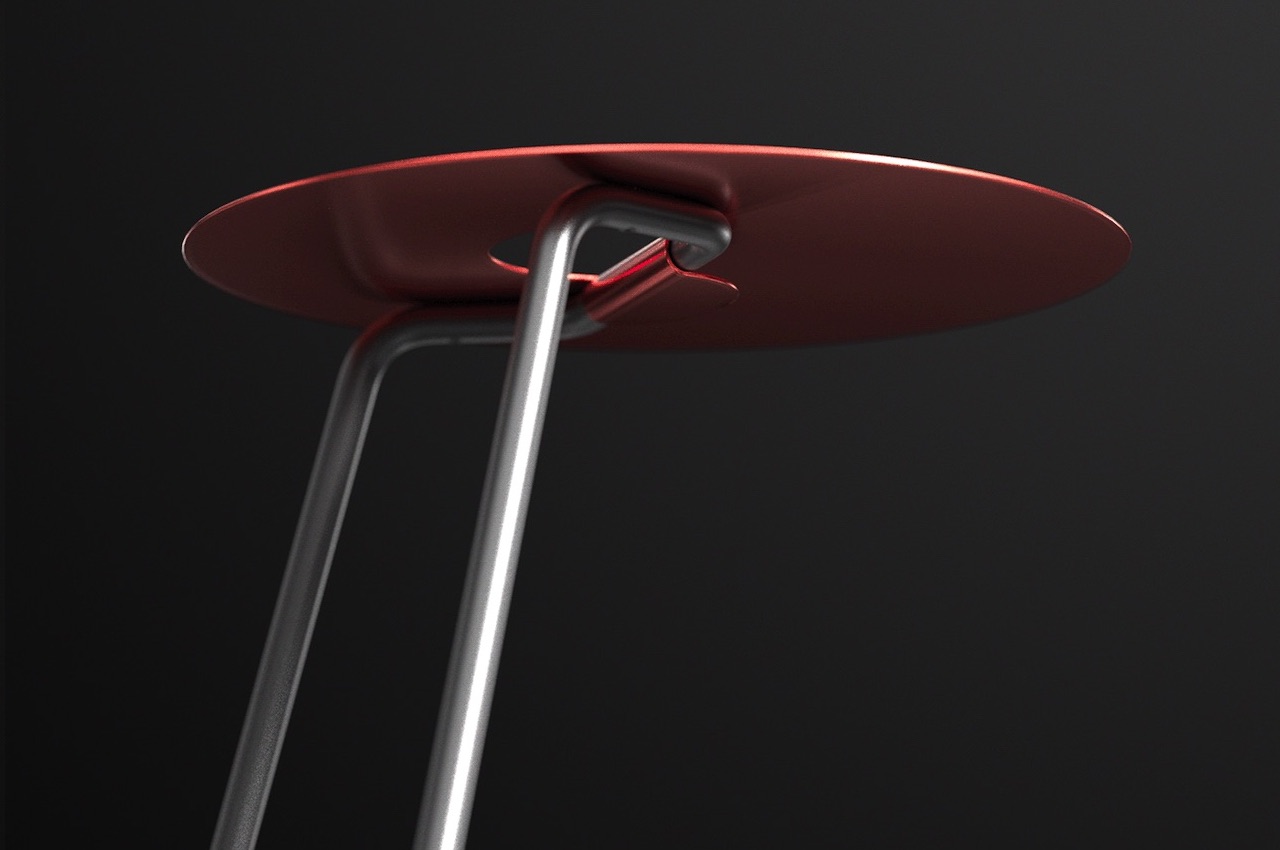
The legs of the table provide balance and stability. But, don’t be deceived by how it looks as there are three points (legs), enough to support the weight of the table. Deniz Aktay definitely knows table design and table anatomy. The Wavelet also has three legs, just like his Tie Stool. We are also reminded of The Pet Table with its stability despite its interesting shape. It is sturdy and balanced as the center of gravity within the product base is as low as possible.
The GRAB Side Table is another exciting design from the German furniture designer. His knowledge of architecture and urban planning can be seen in his other creations. This Grab concept is something we see furniture makers like IKEA may carry.
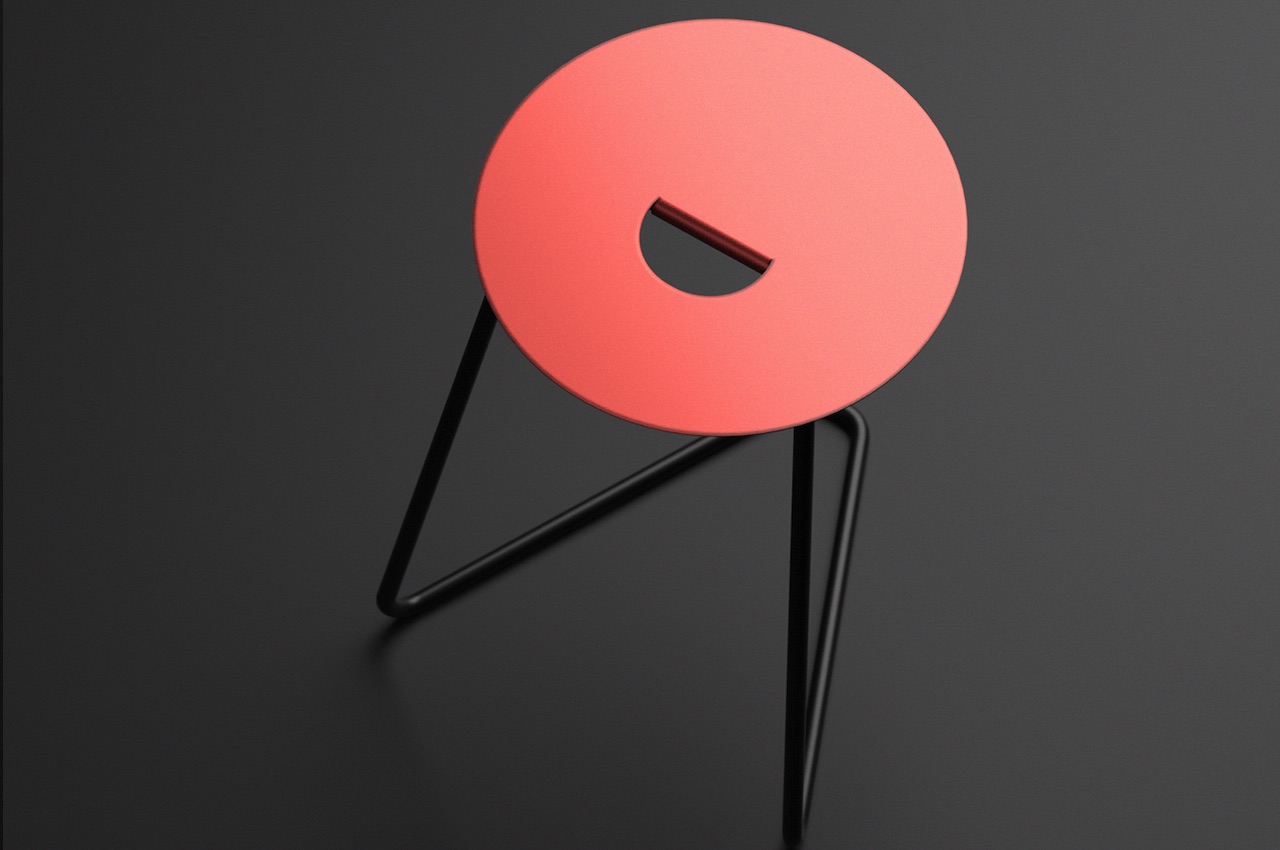
The Grab Side Tablet can be a winner with minimalist yet functional and eye-catching aesthetics. If you have one in your home, expect this to be a conversation starter when you have guests over. It is only a side table, but we’re thinking the design can also be applied as a stool. The designer can make a stool version with just a few adjustments on the size and maybe the material or strength of the legs. The stool version should be more durable and sturdier.
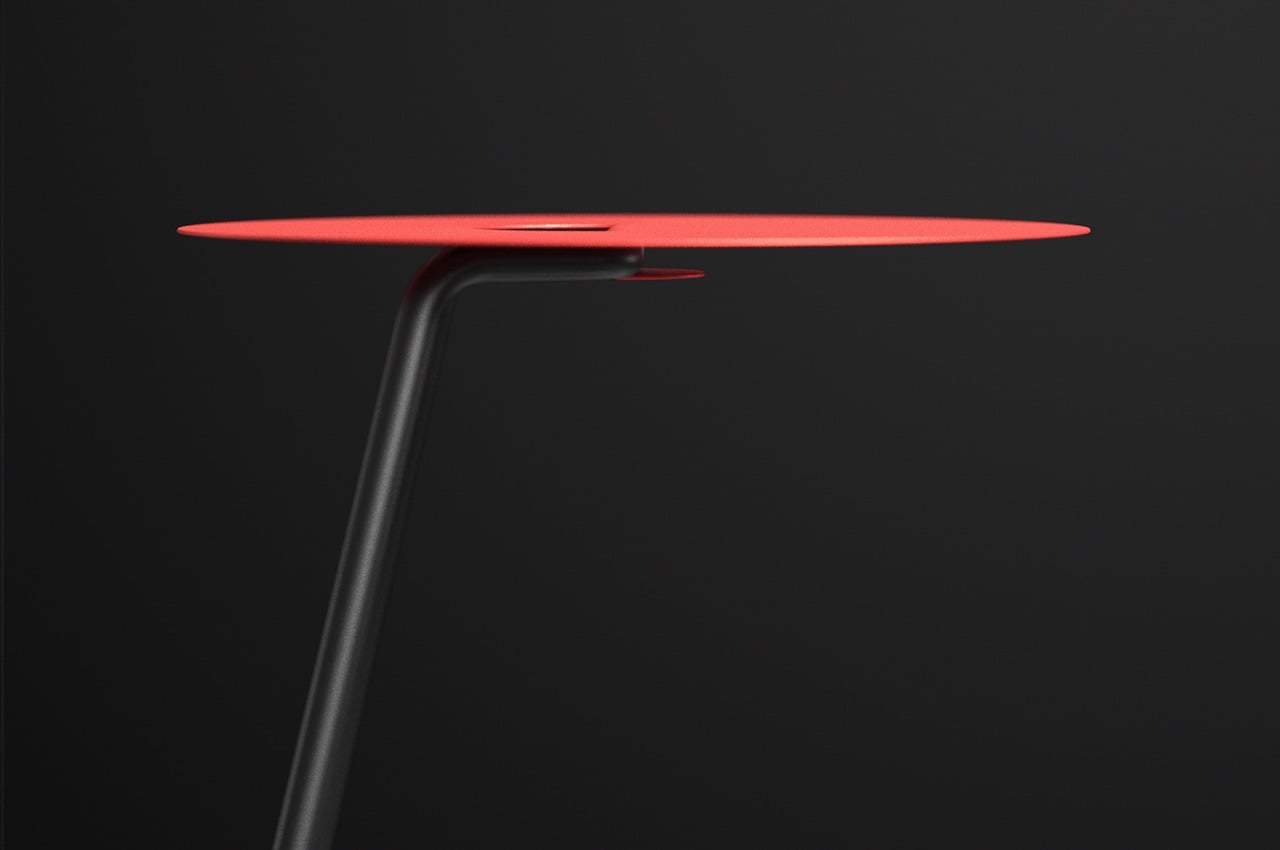
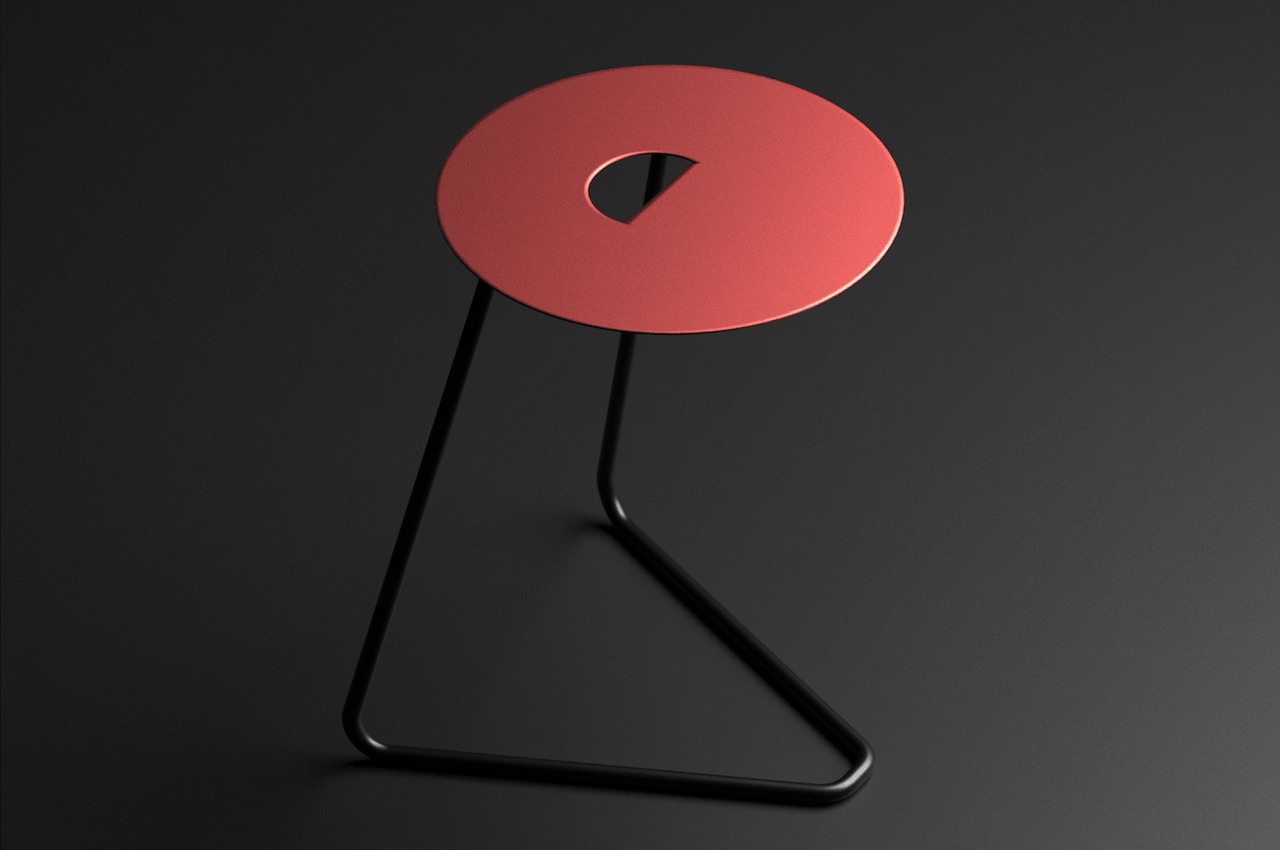
The post GRAB Side Table lives up to the grab-and-go expectation first appeared on Yanko Design.
